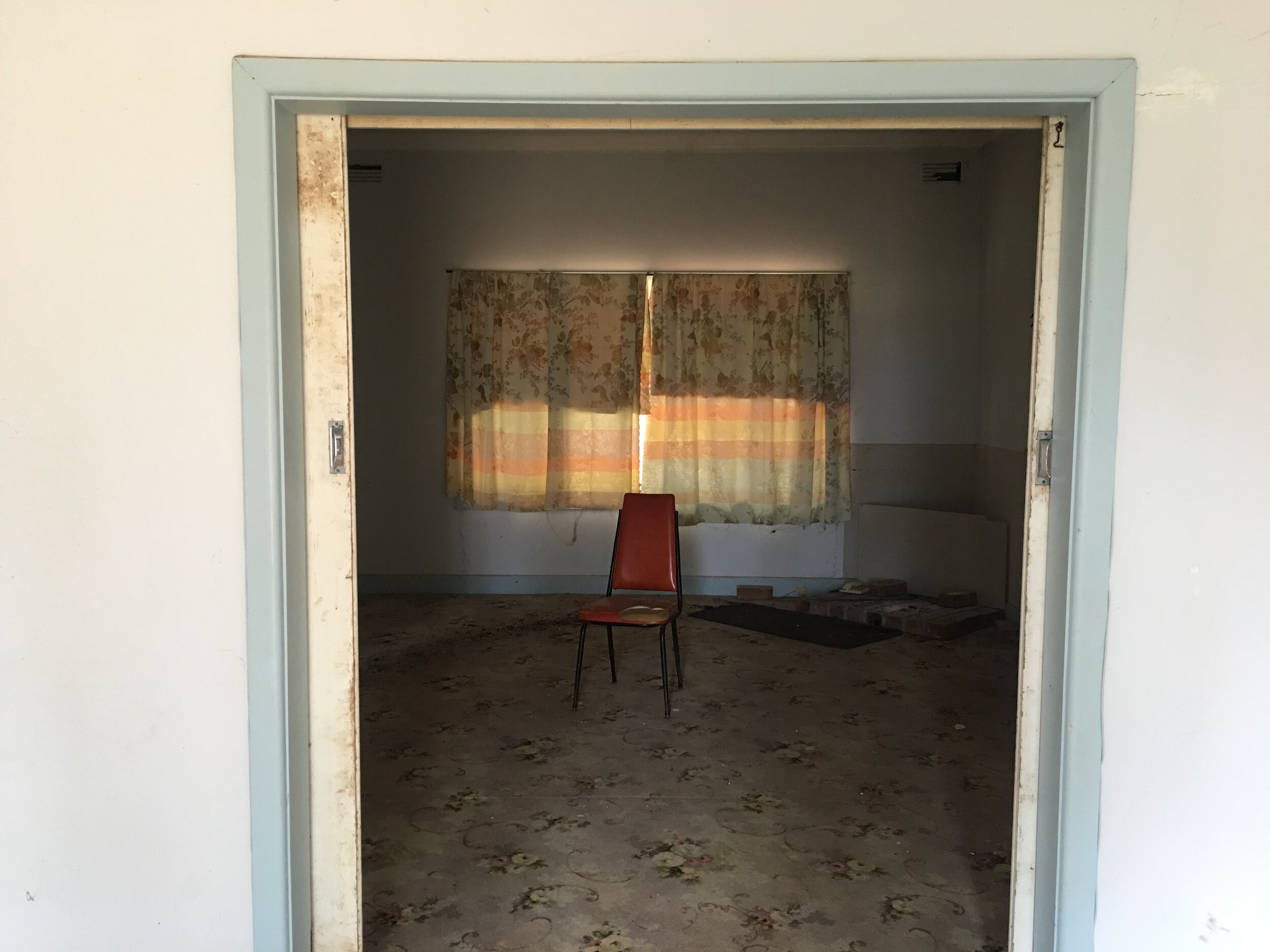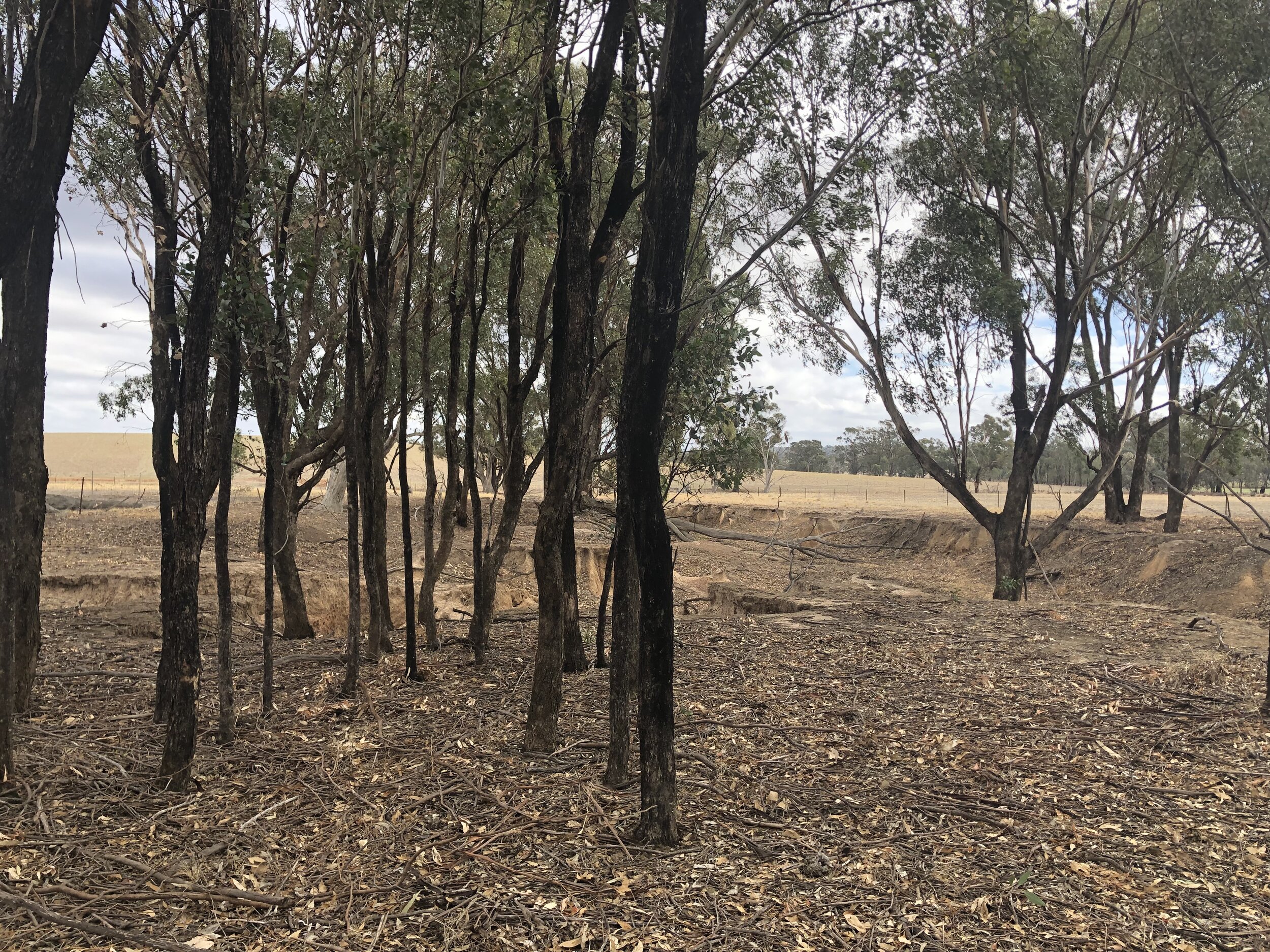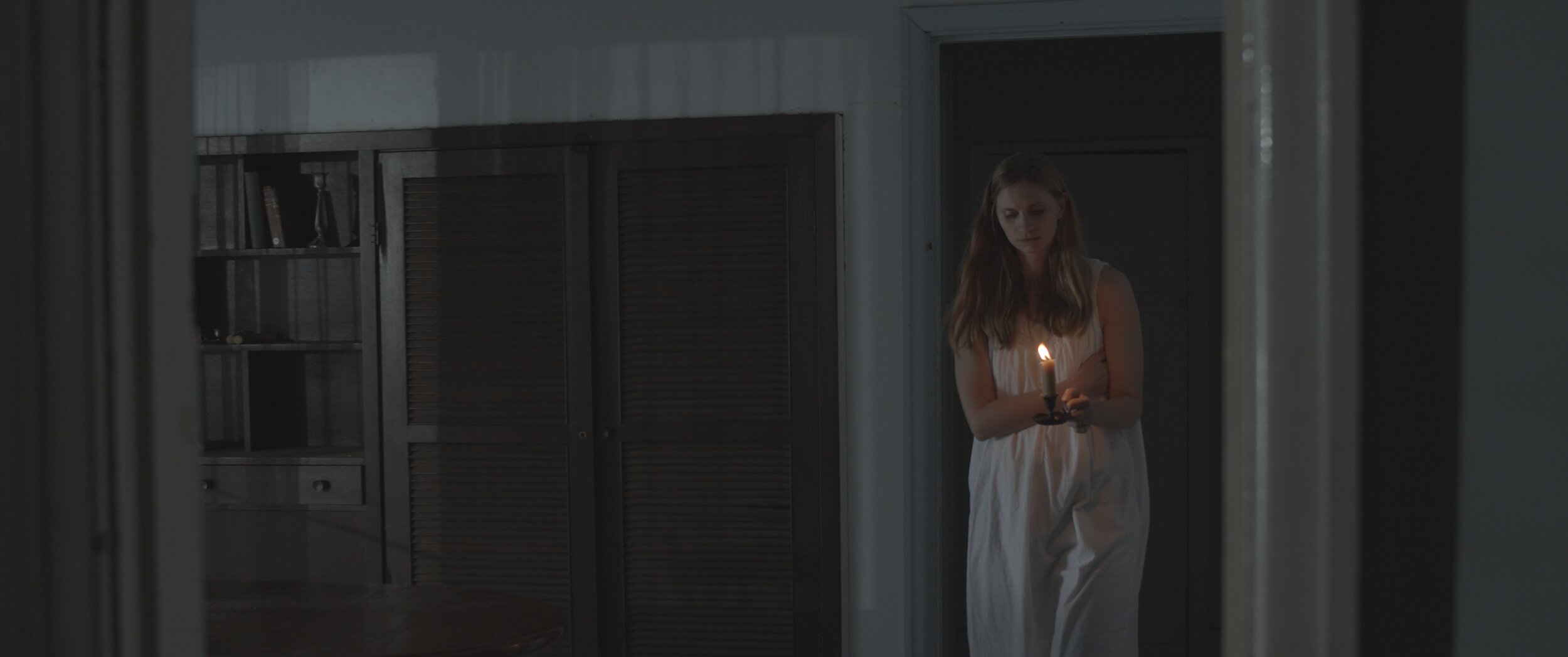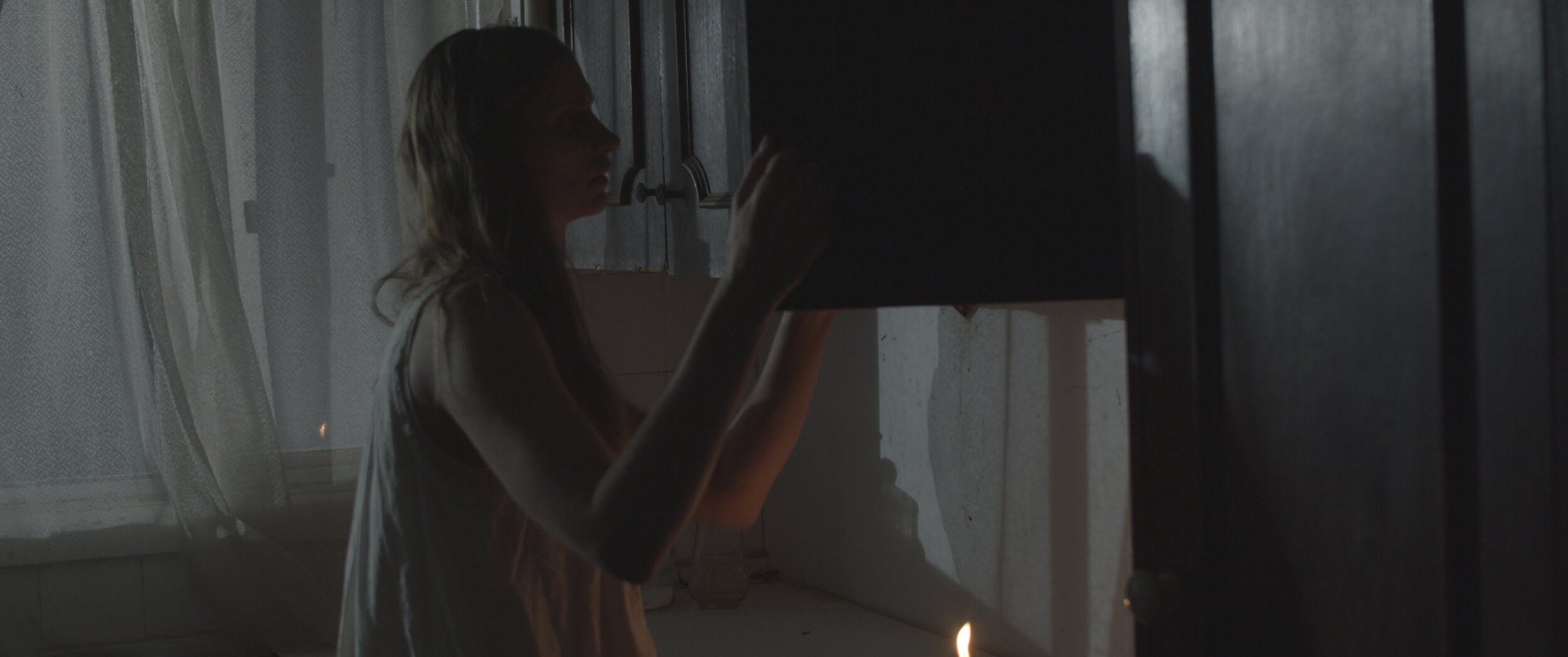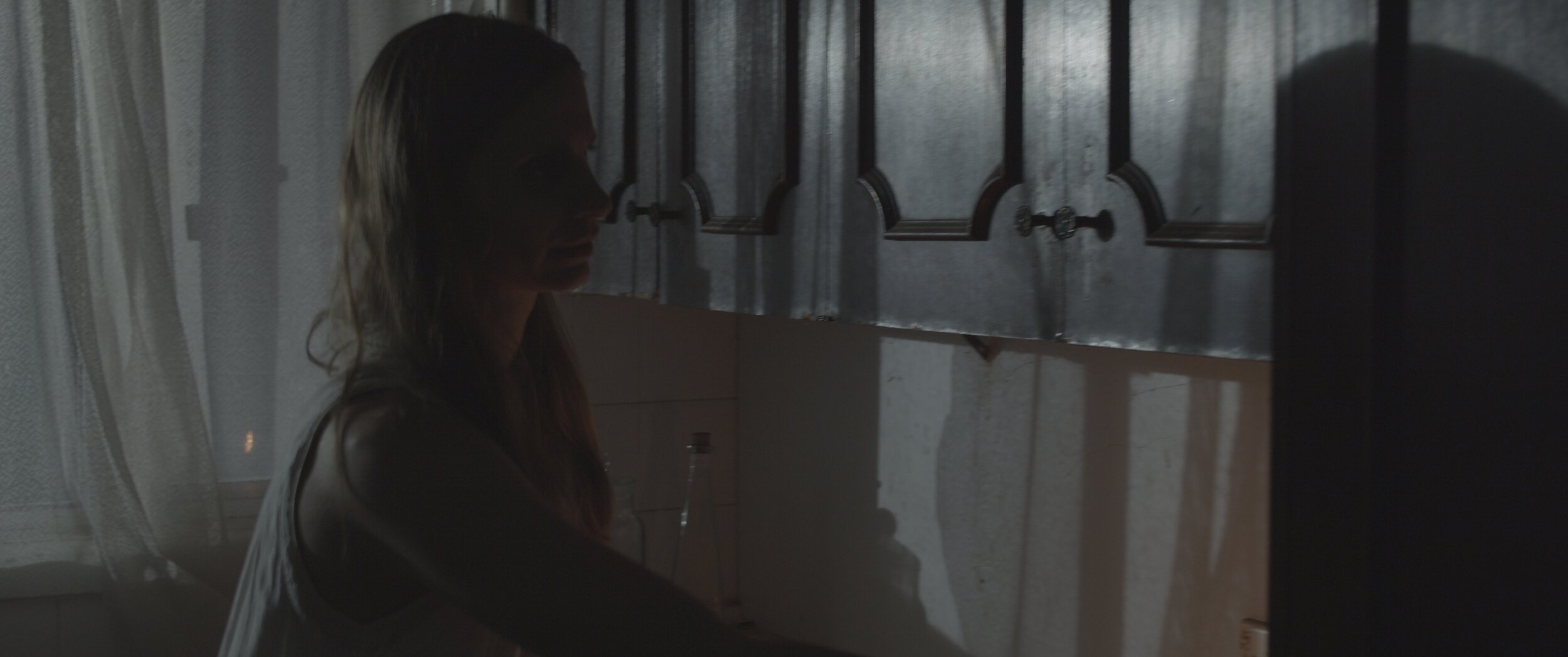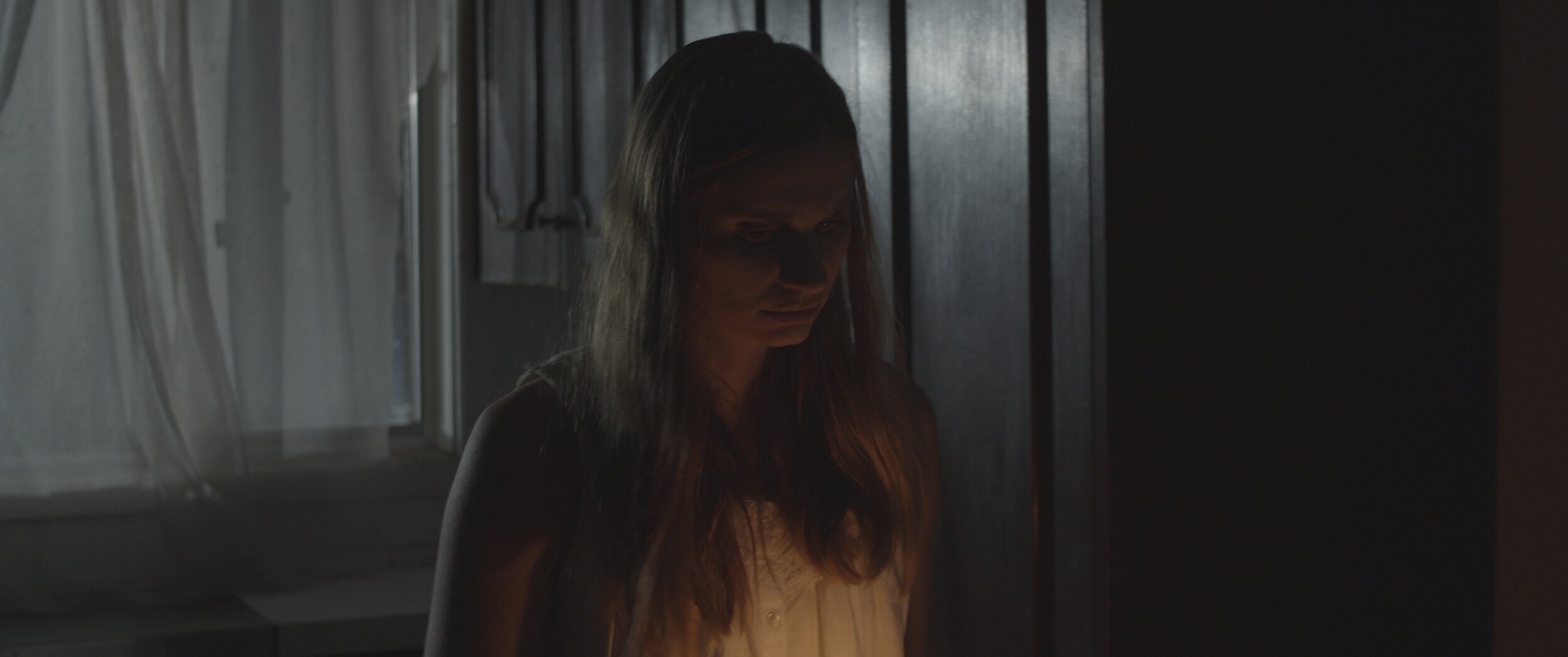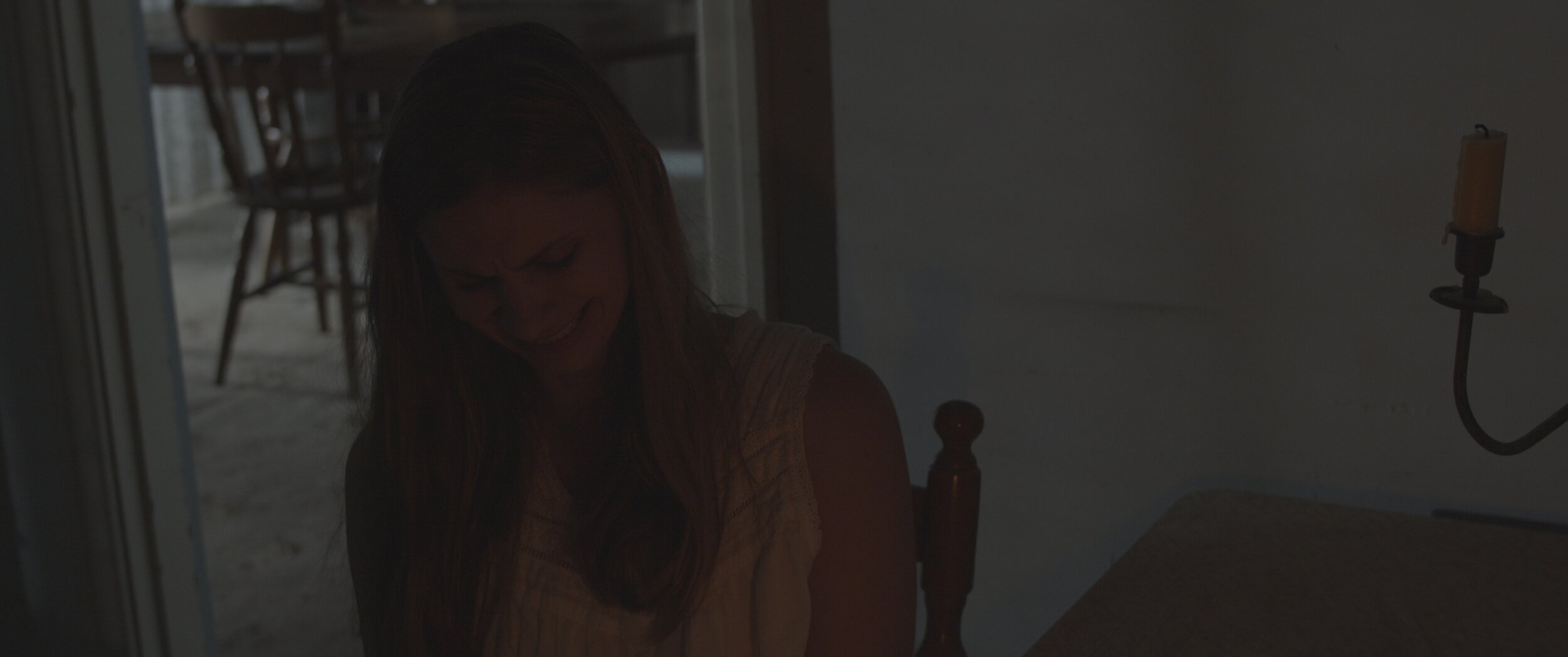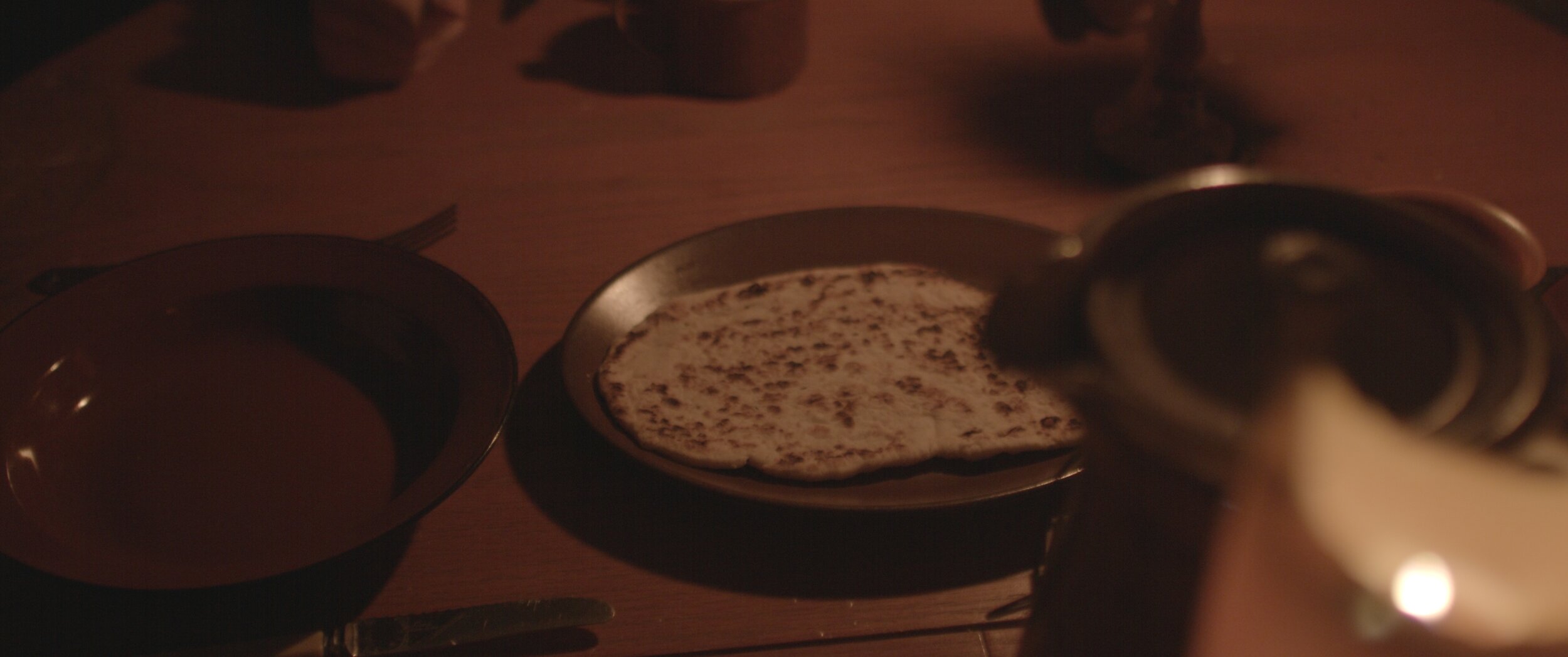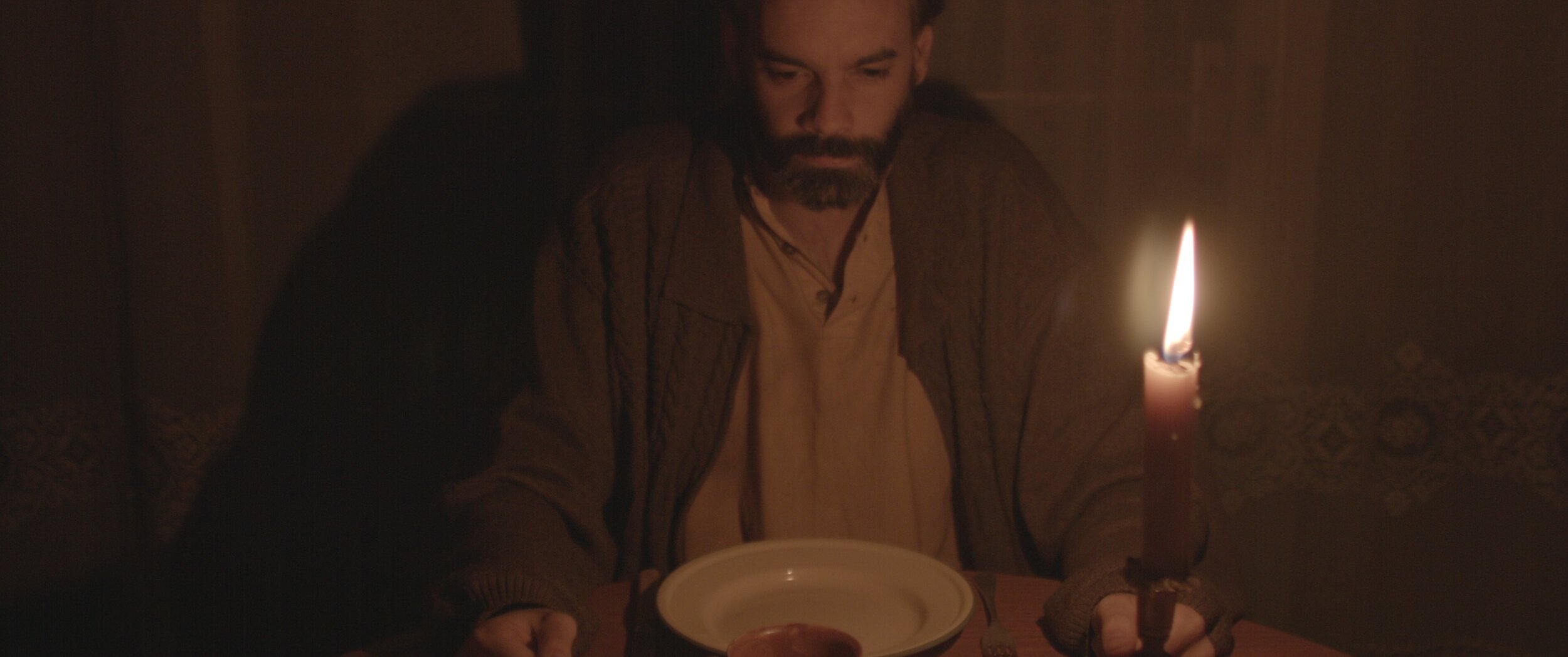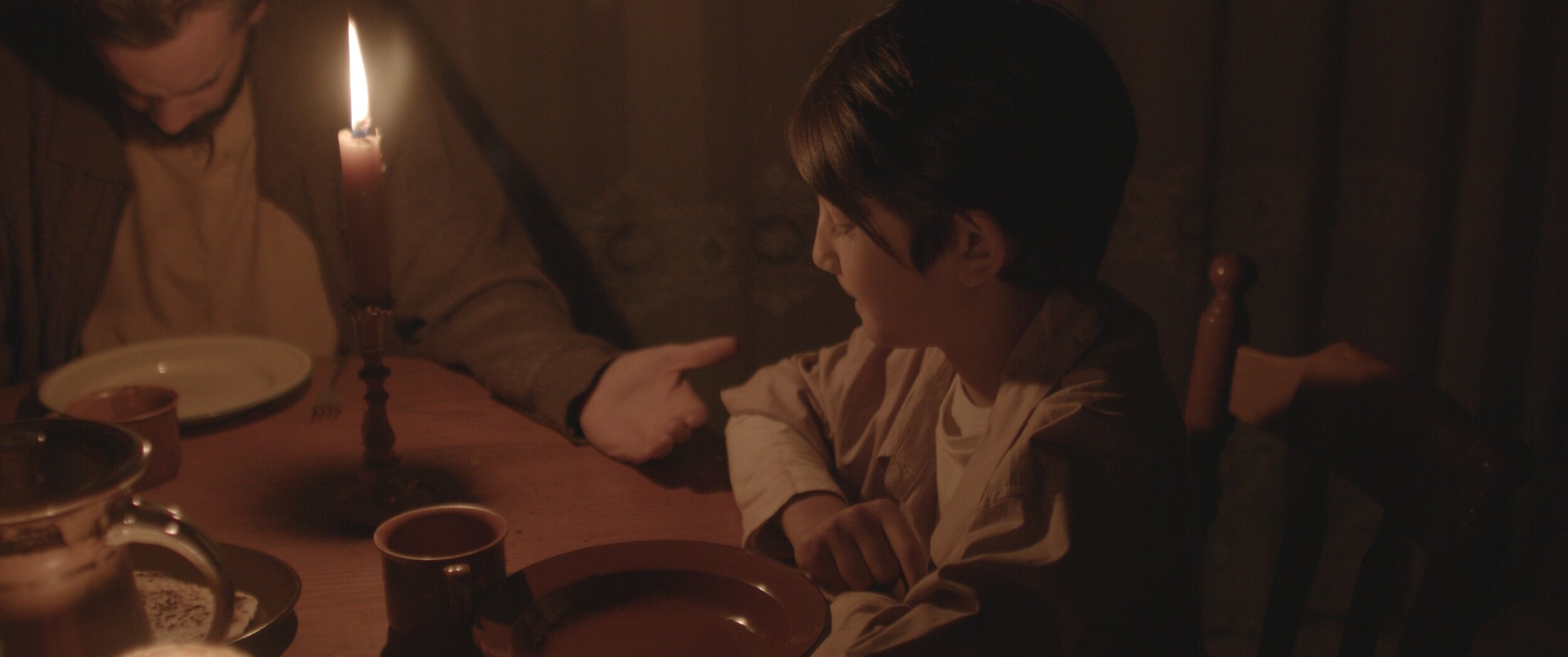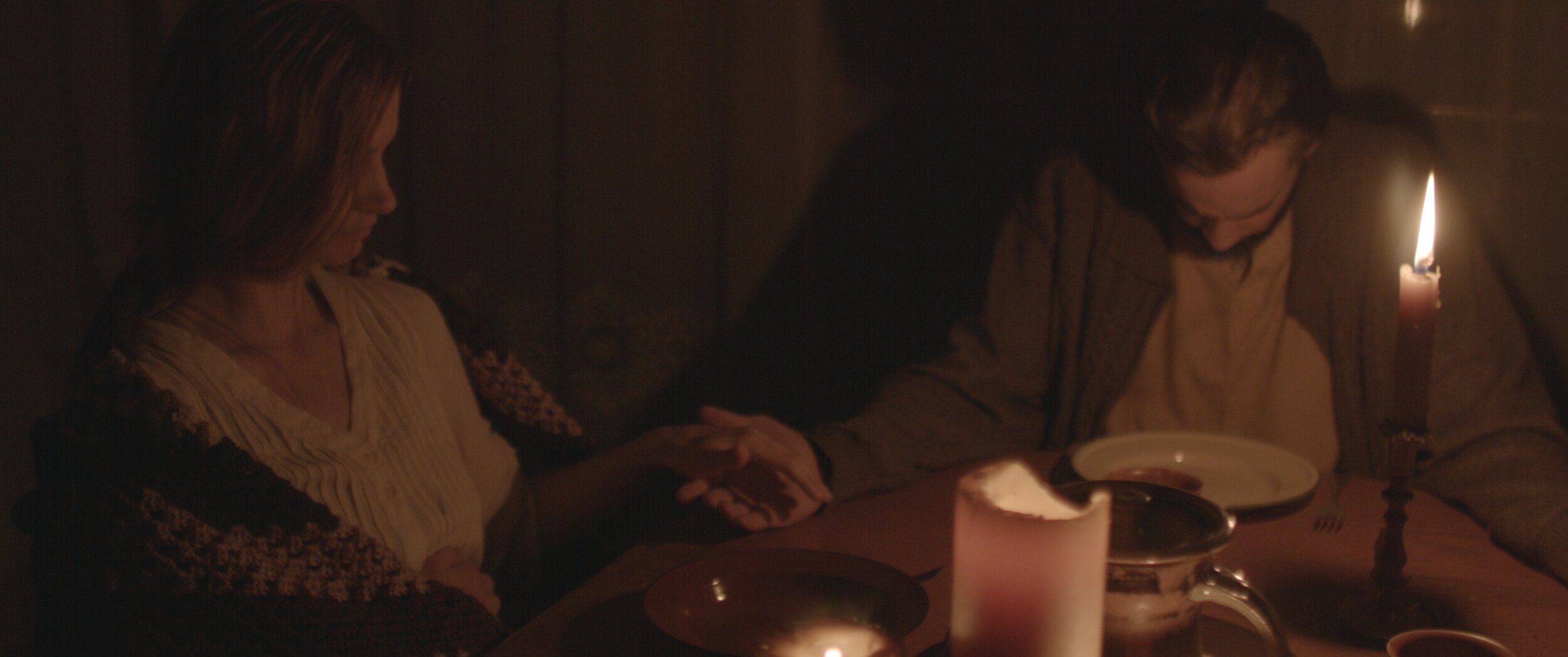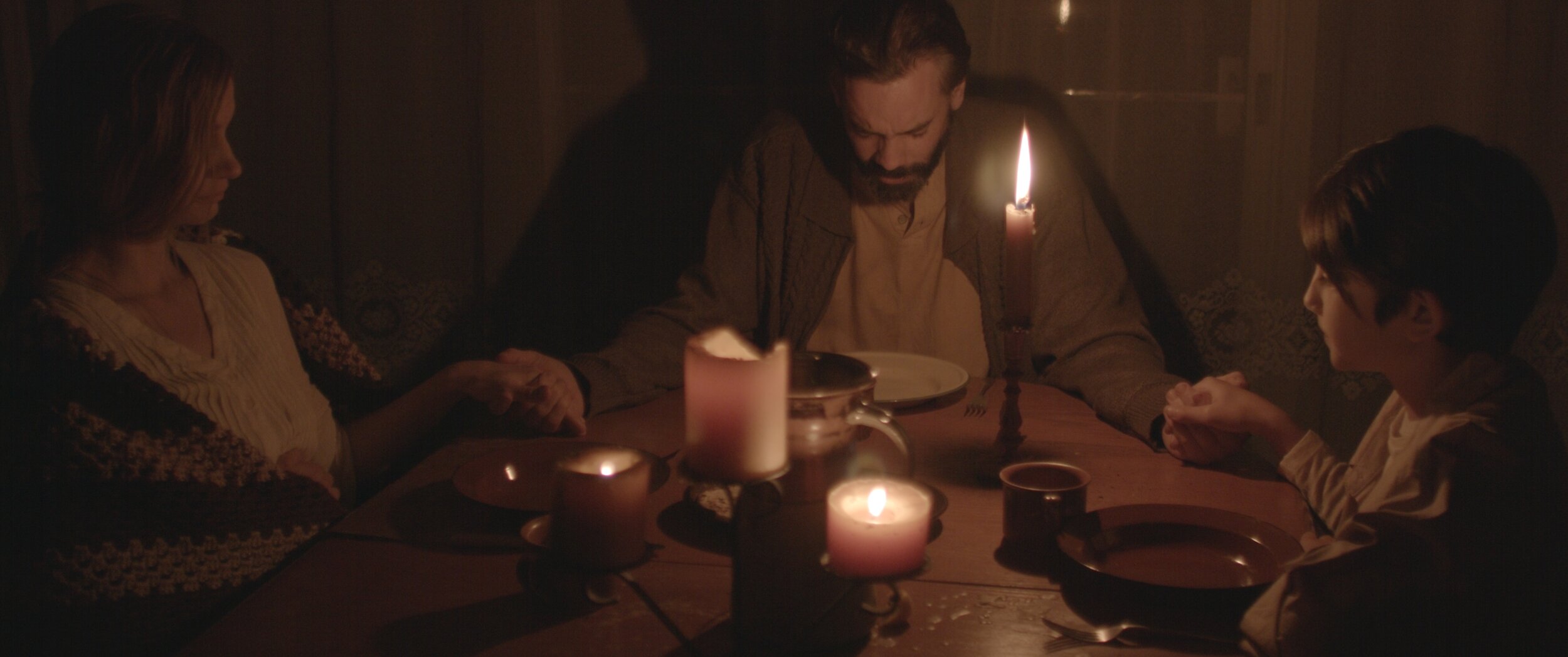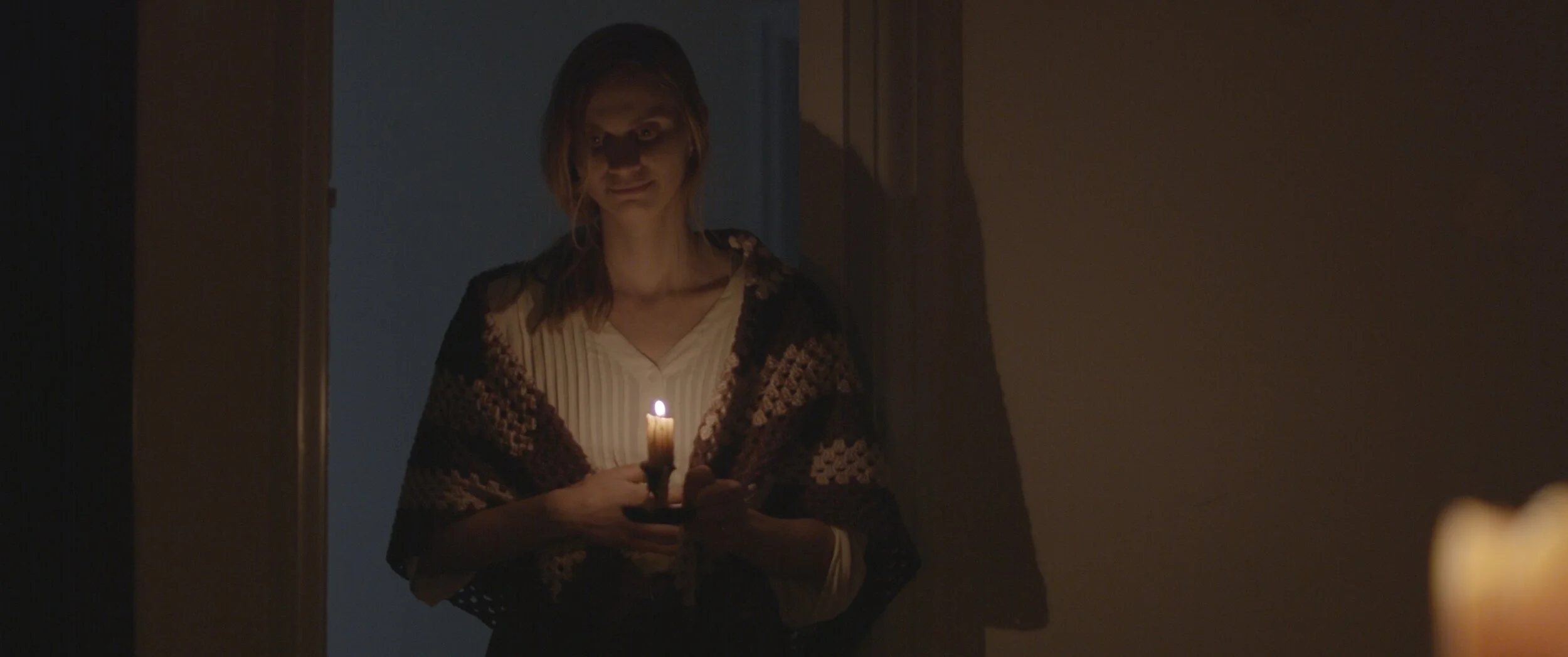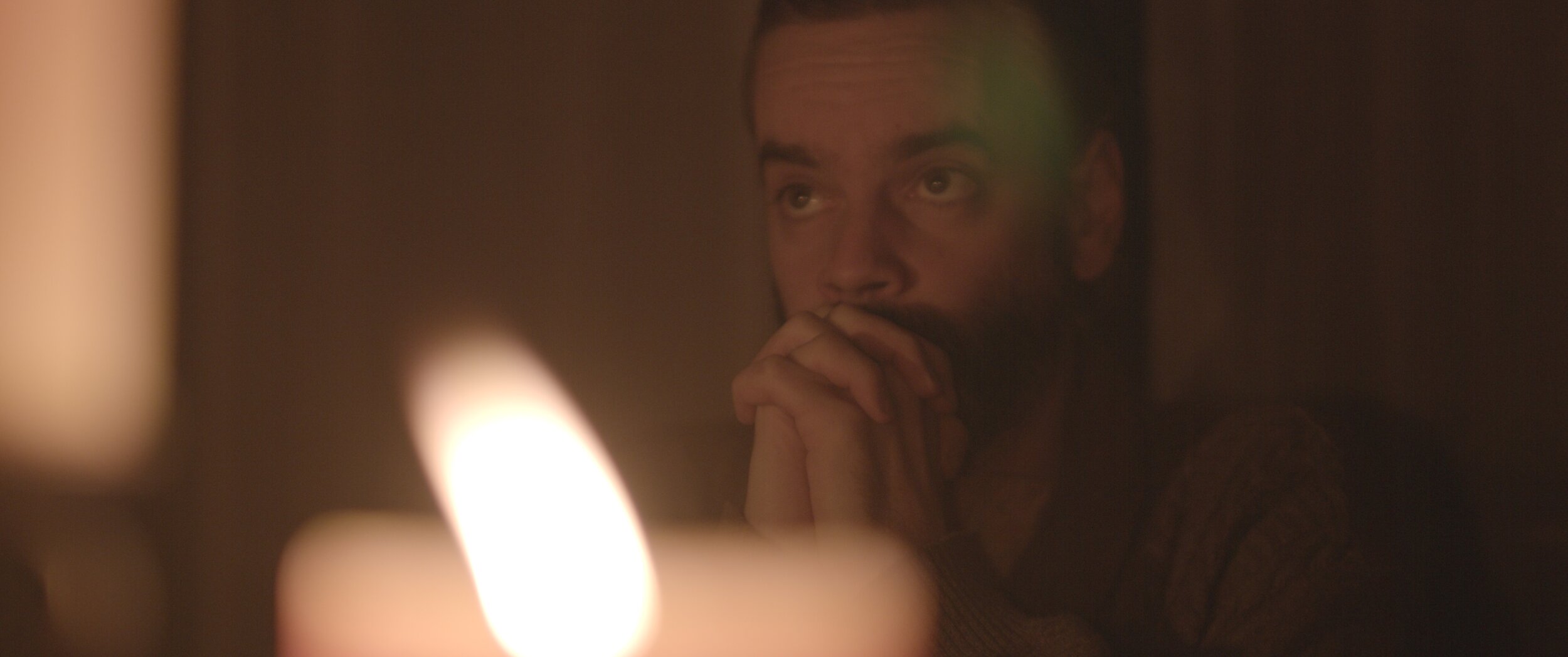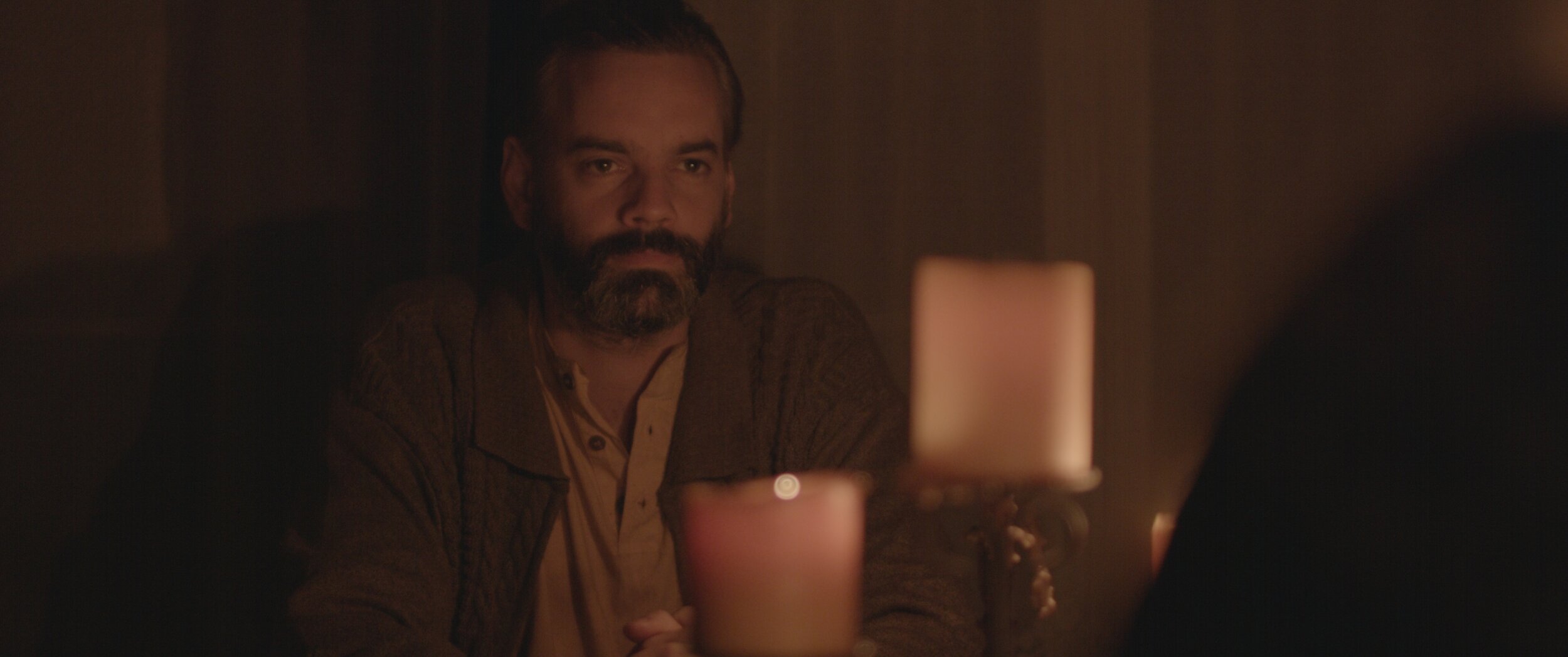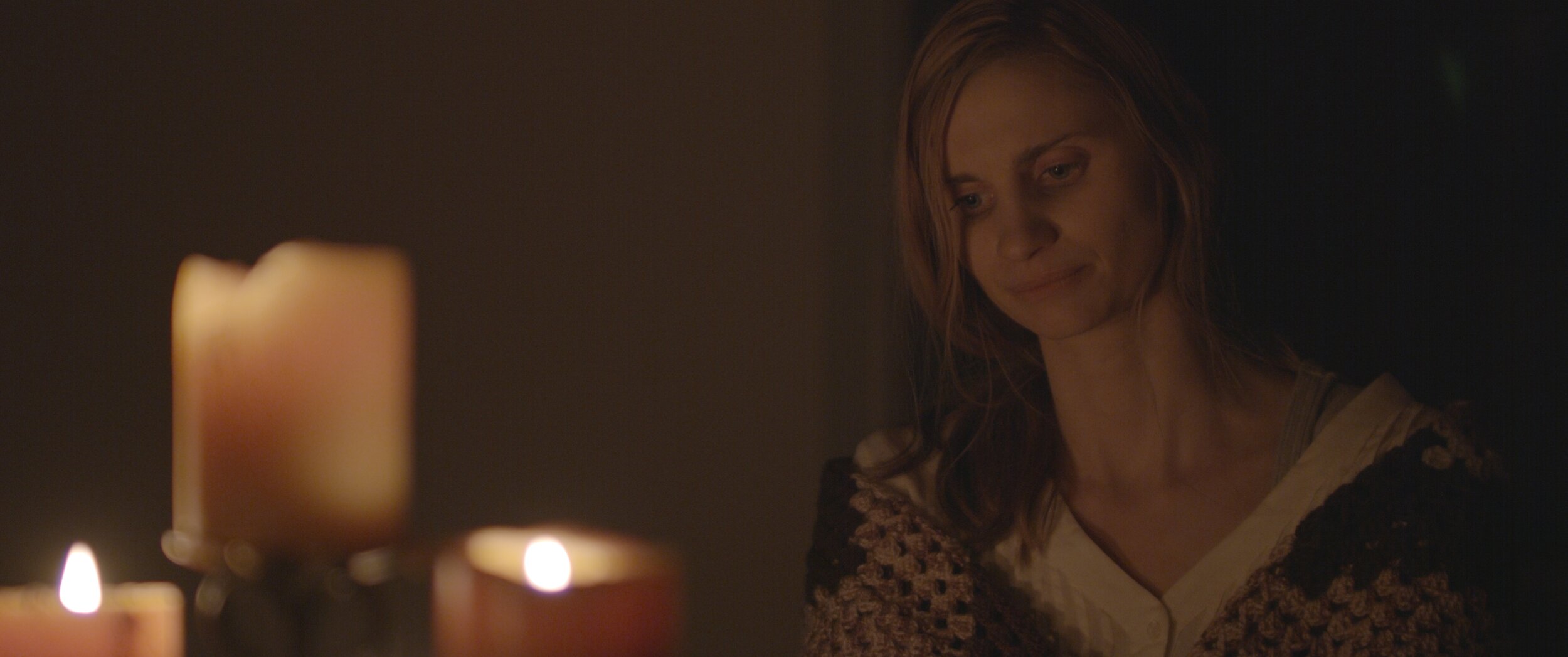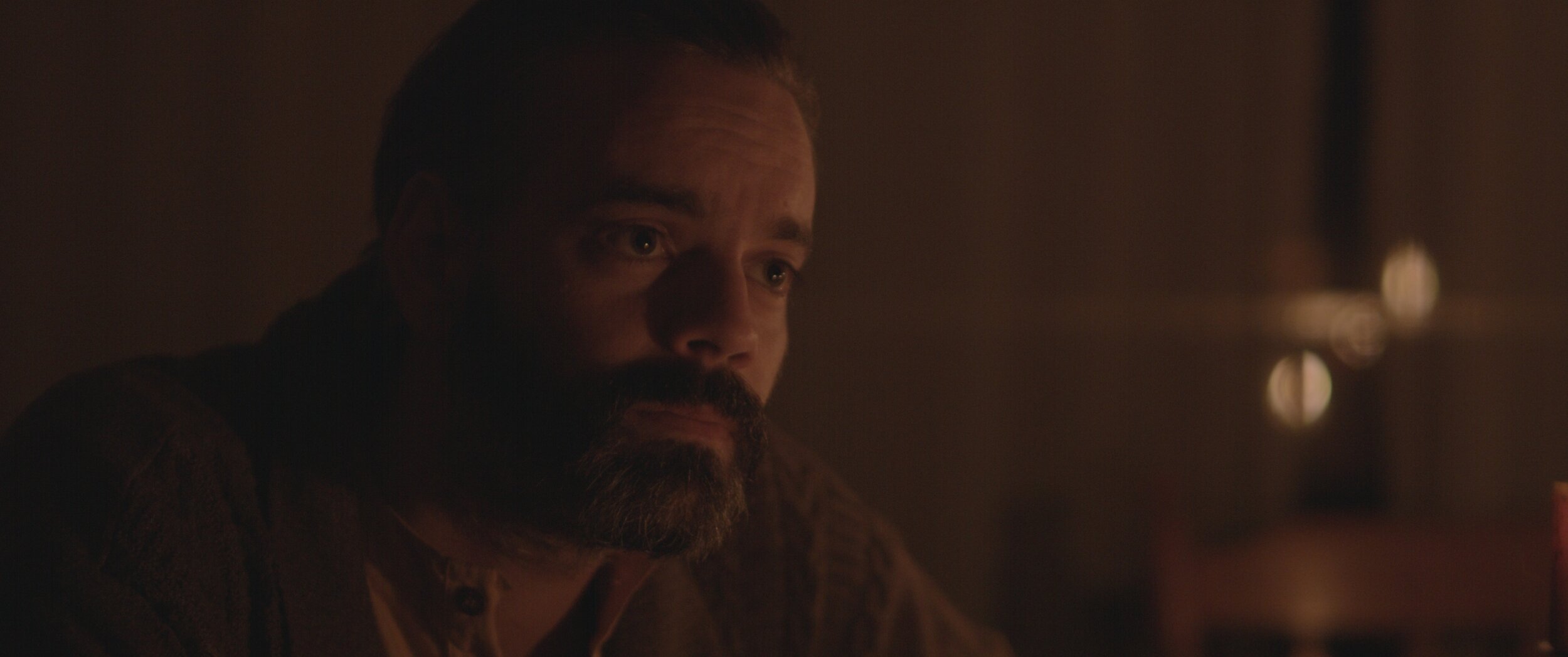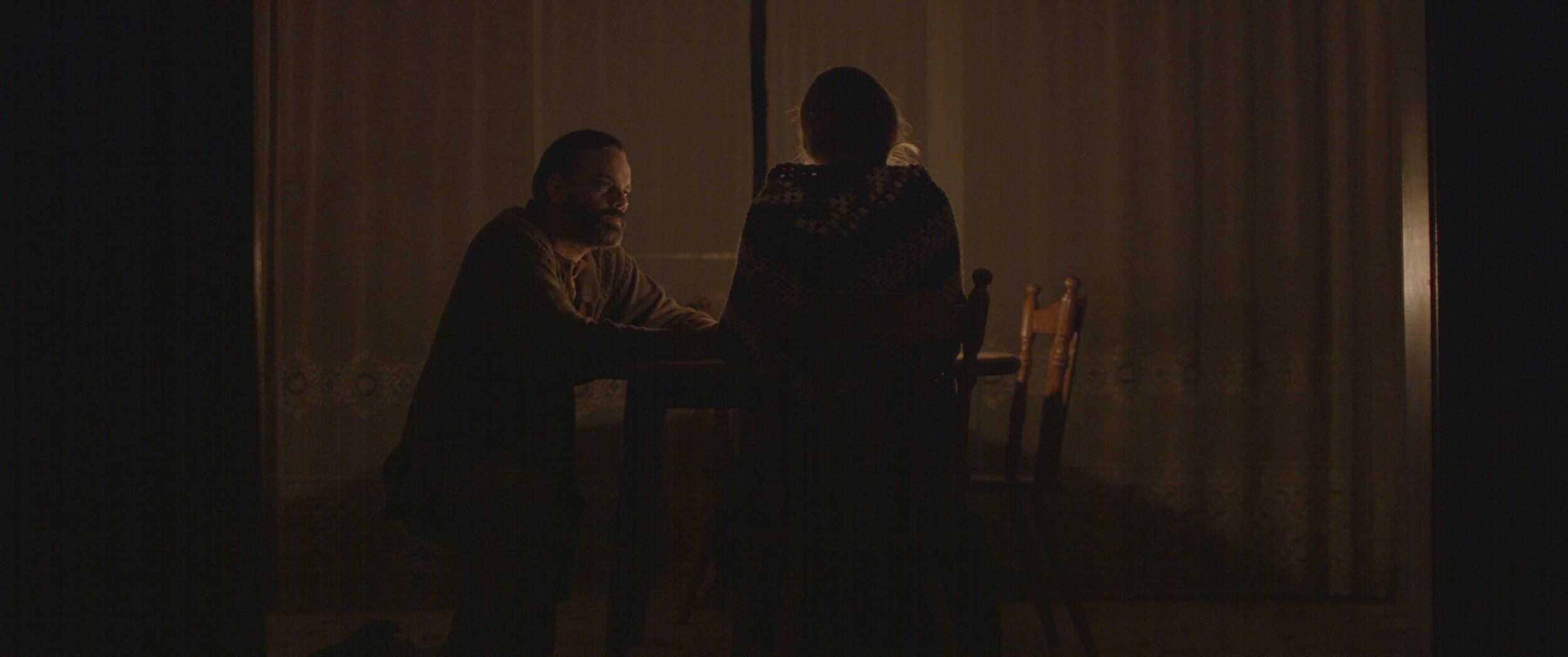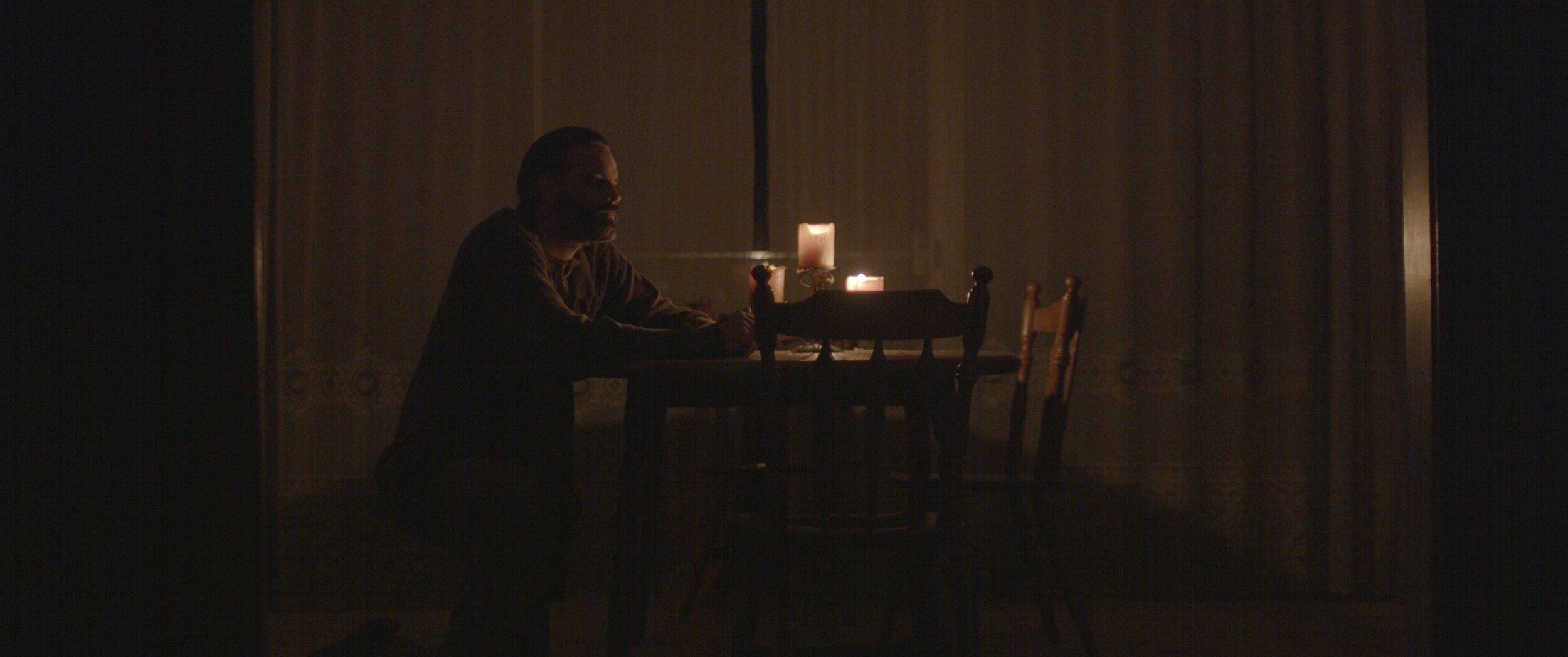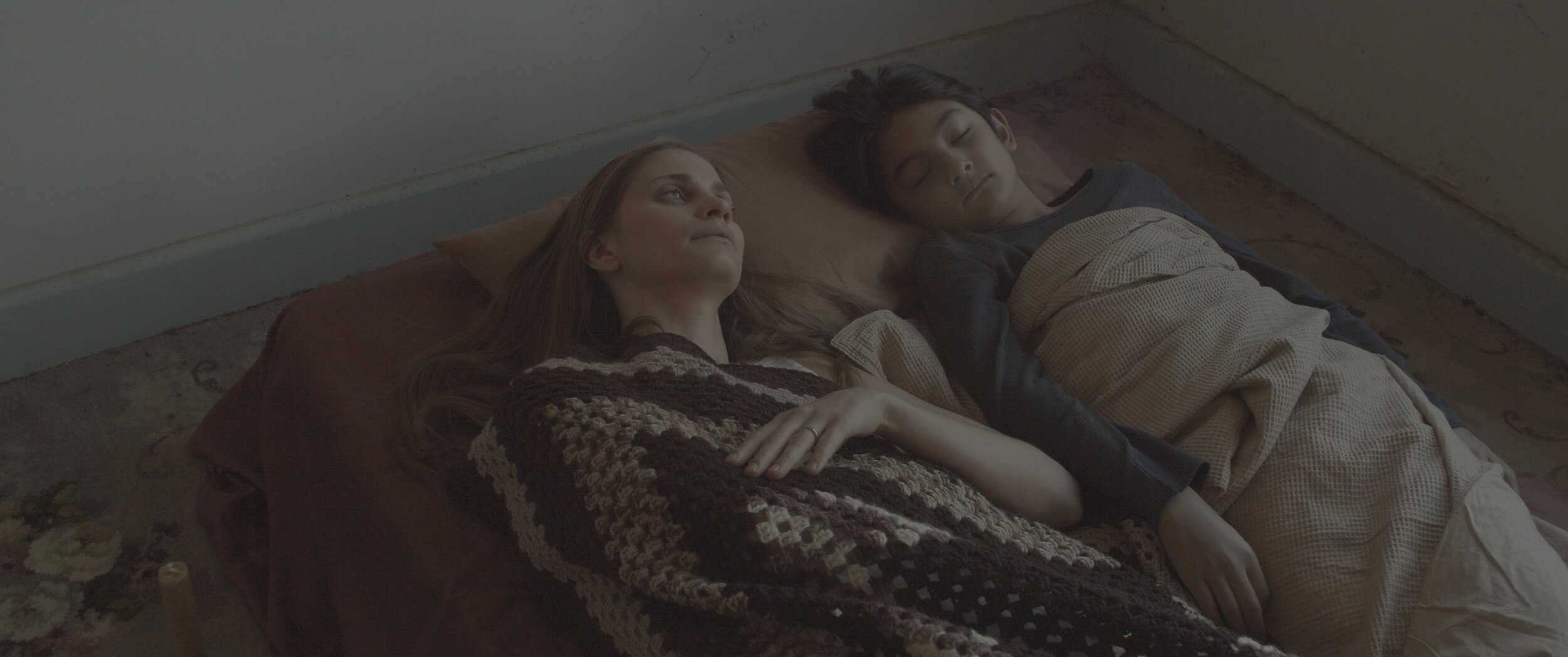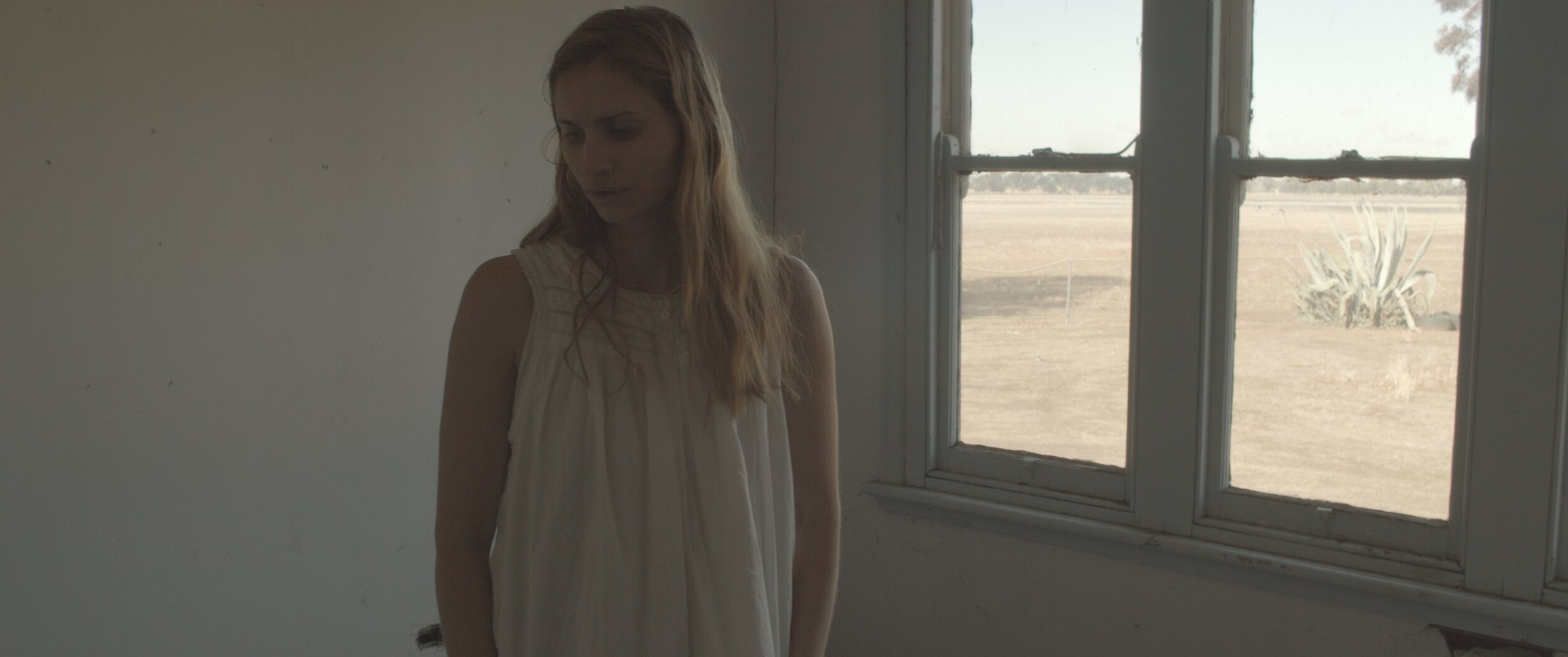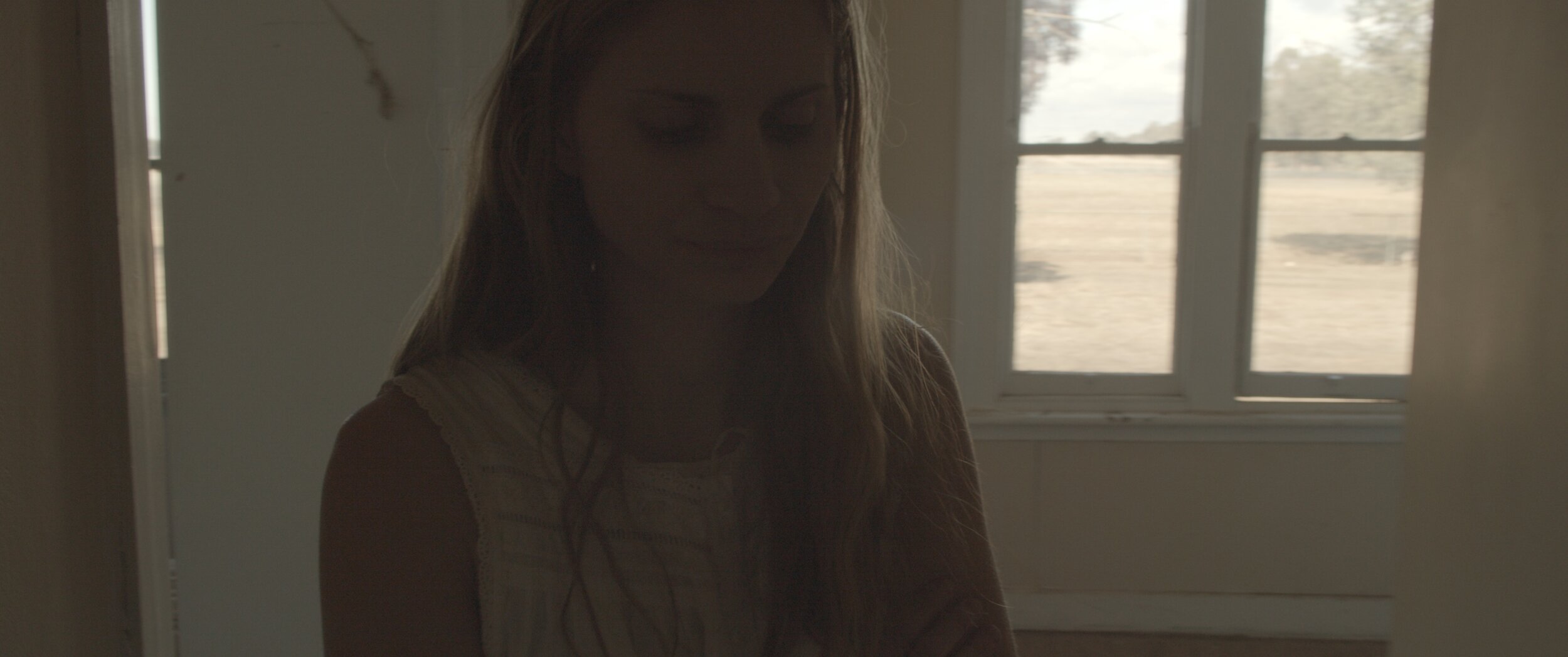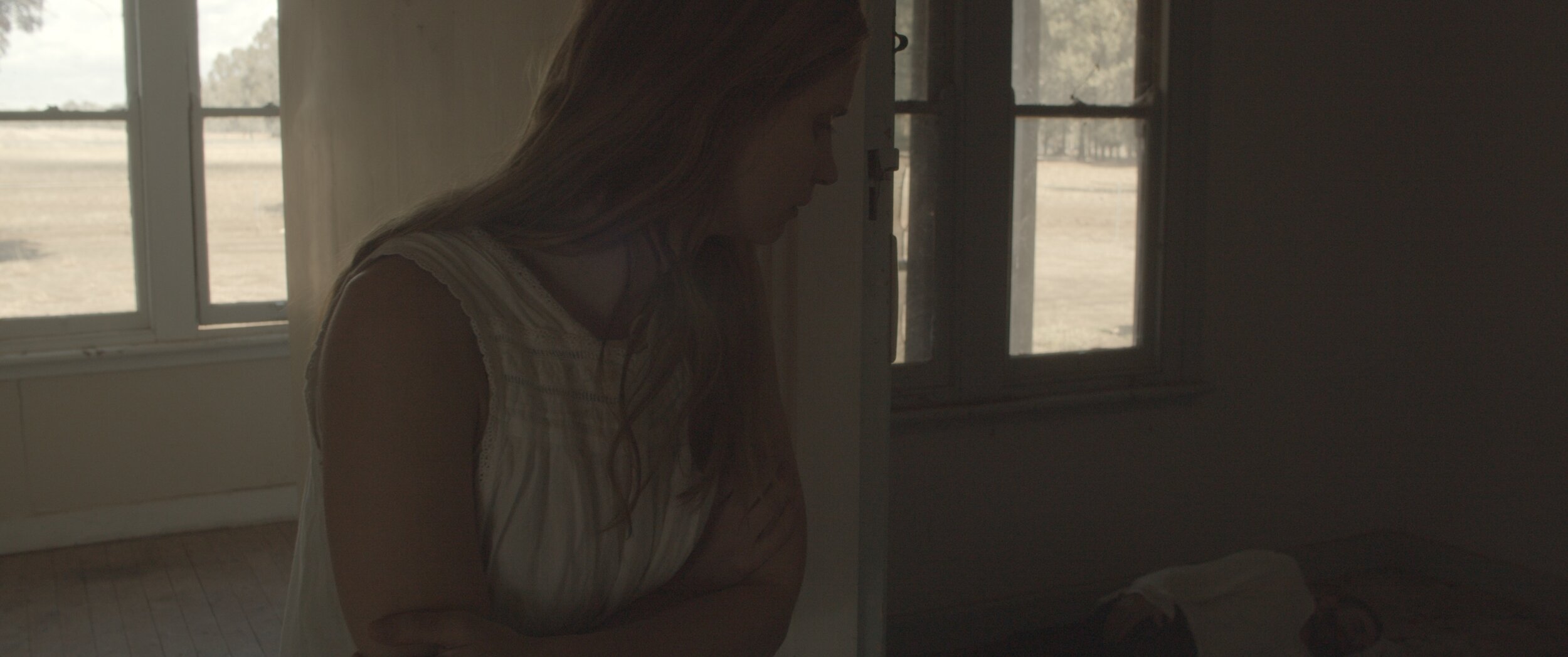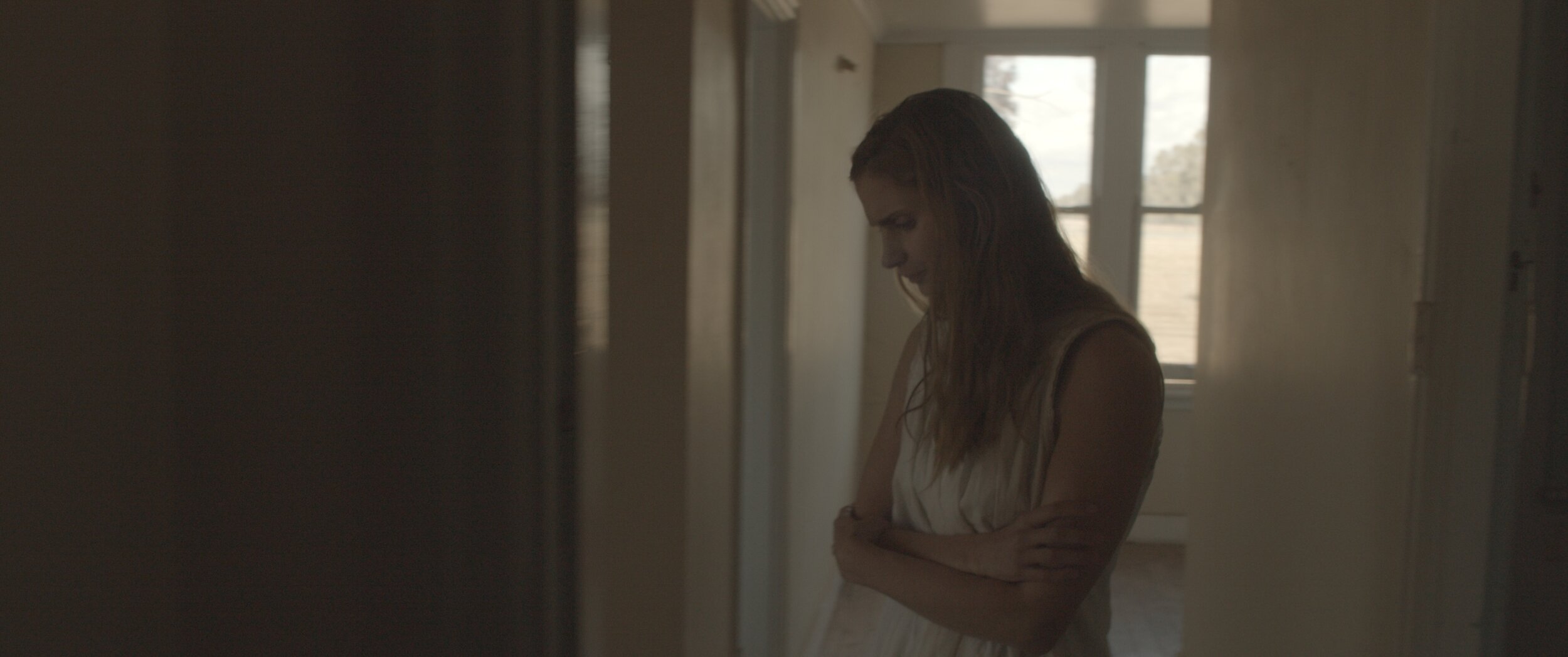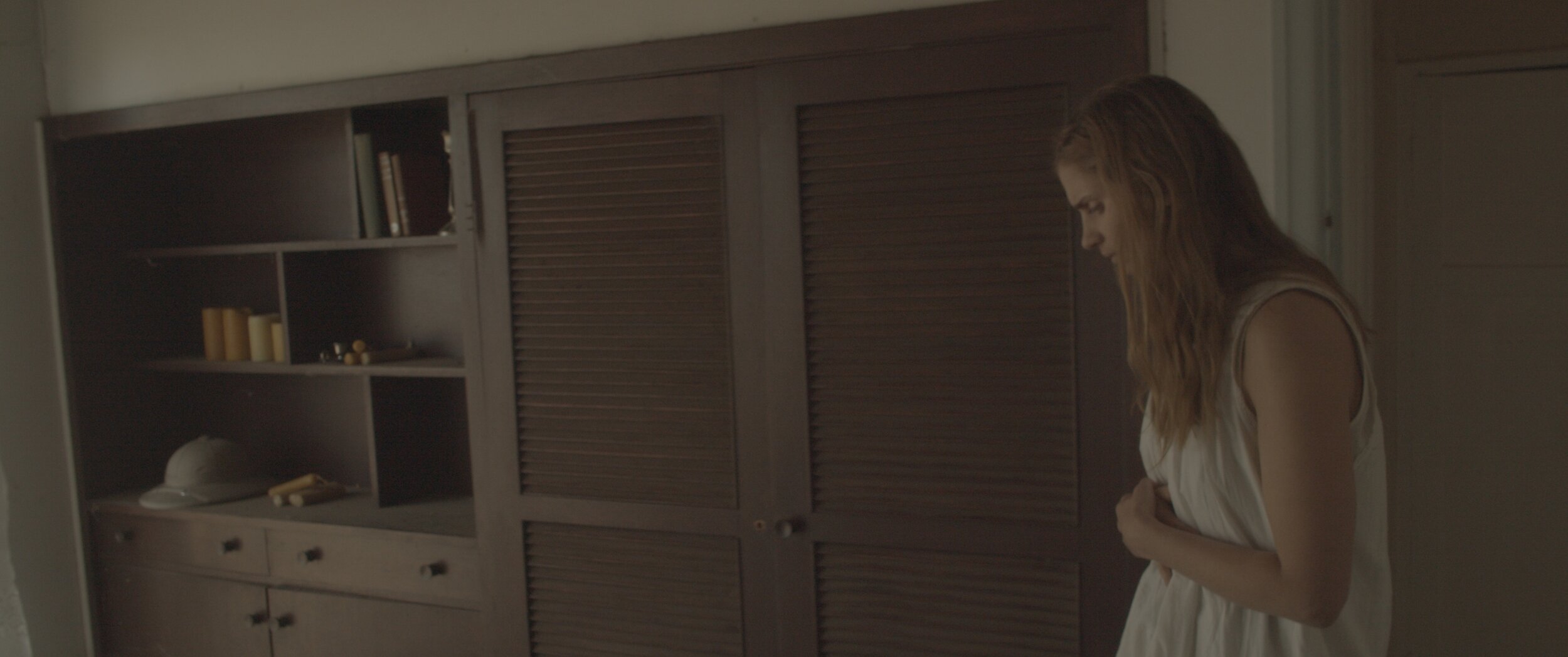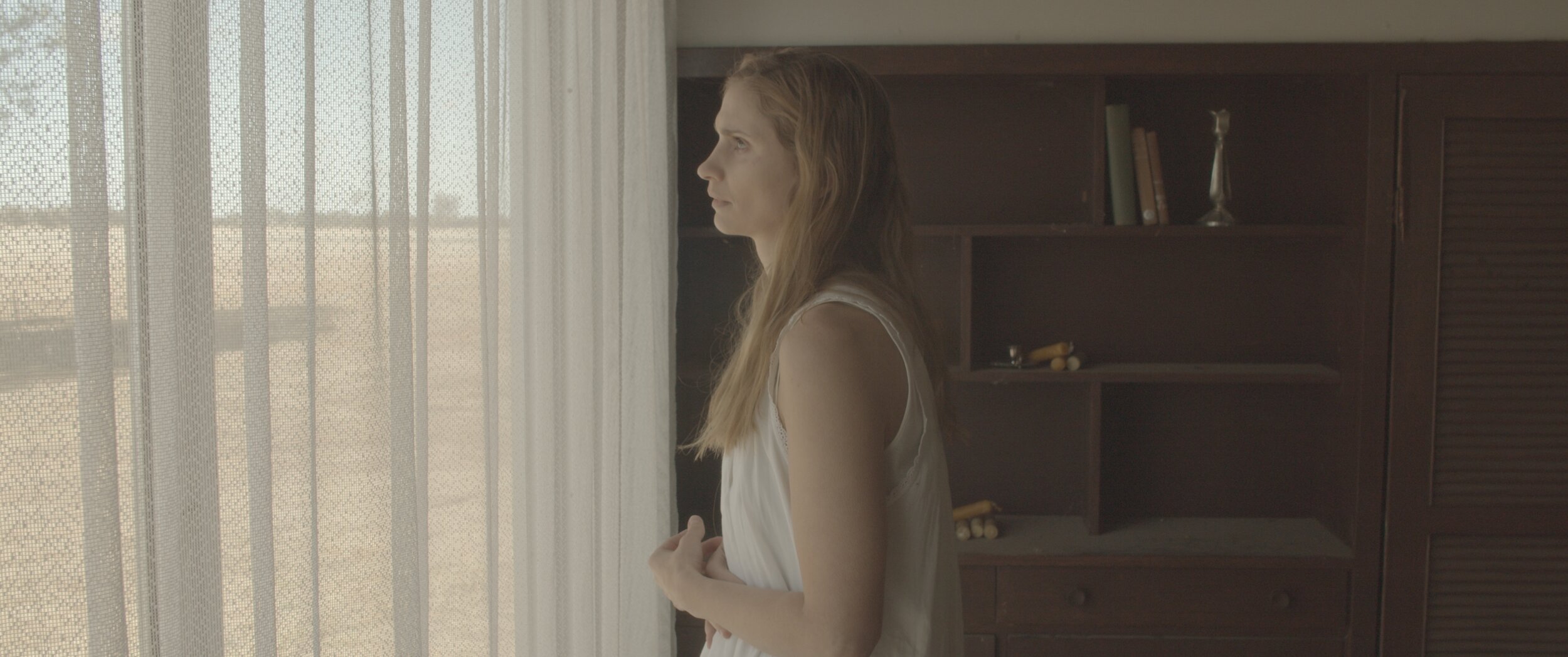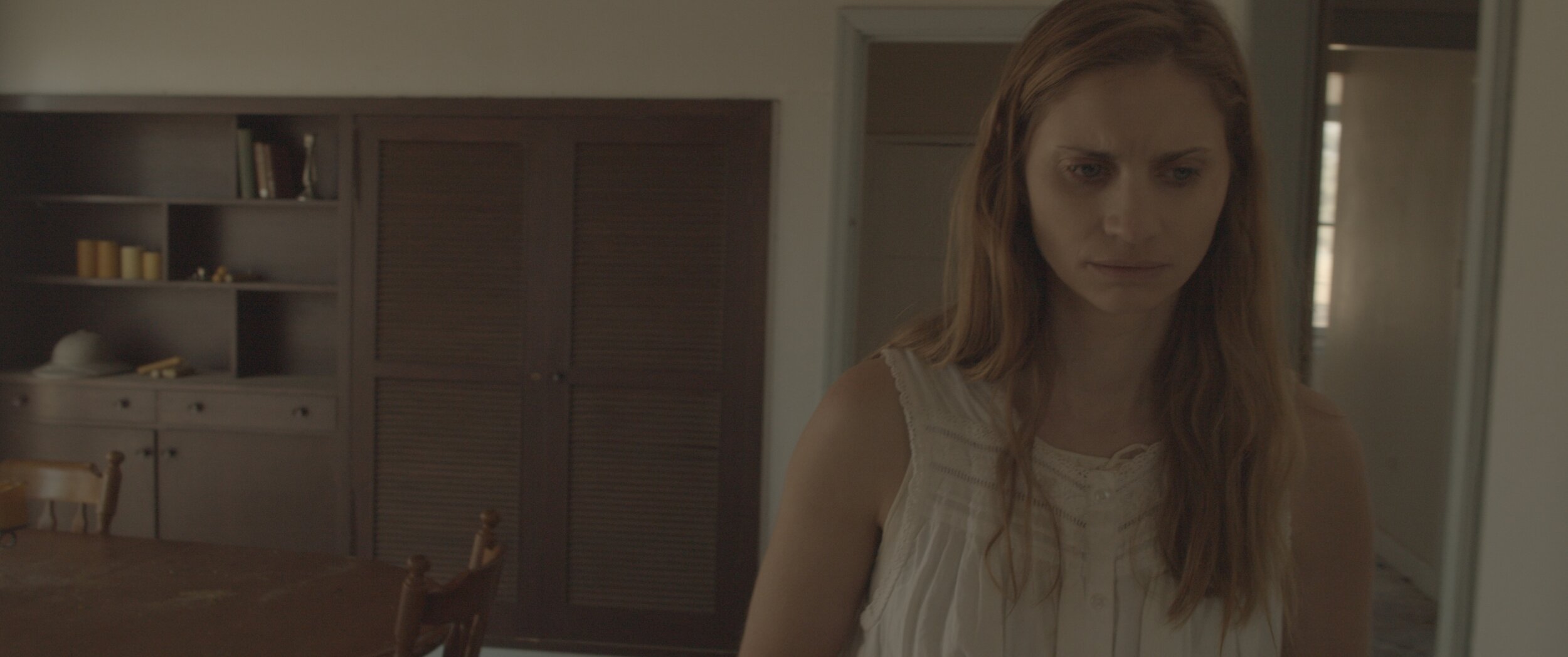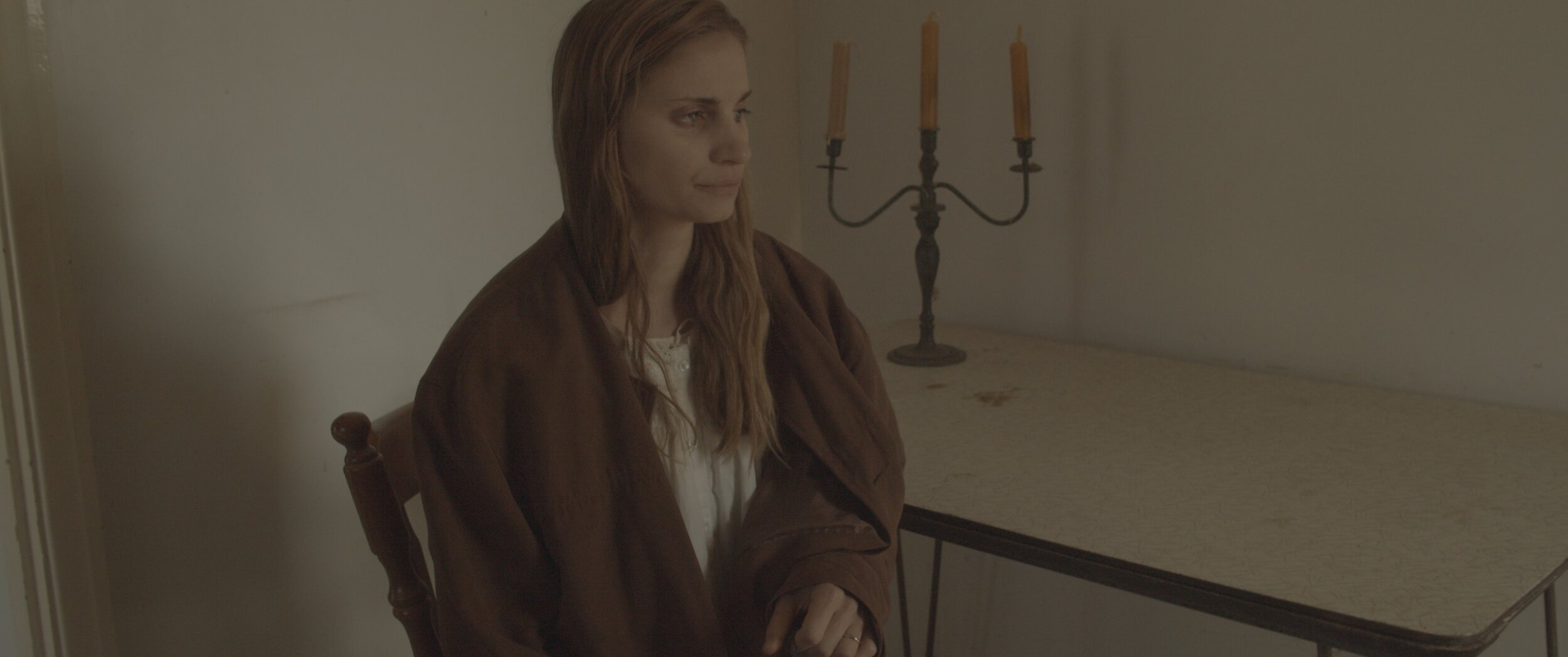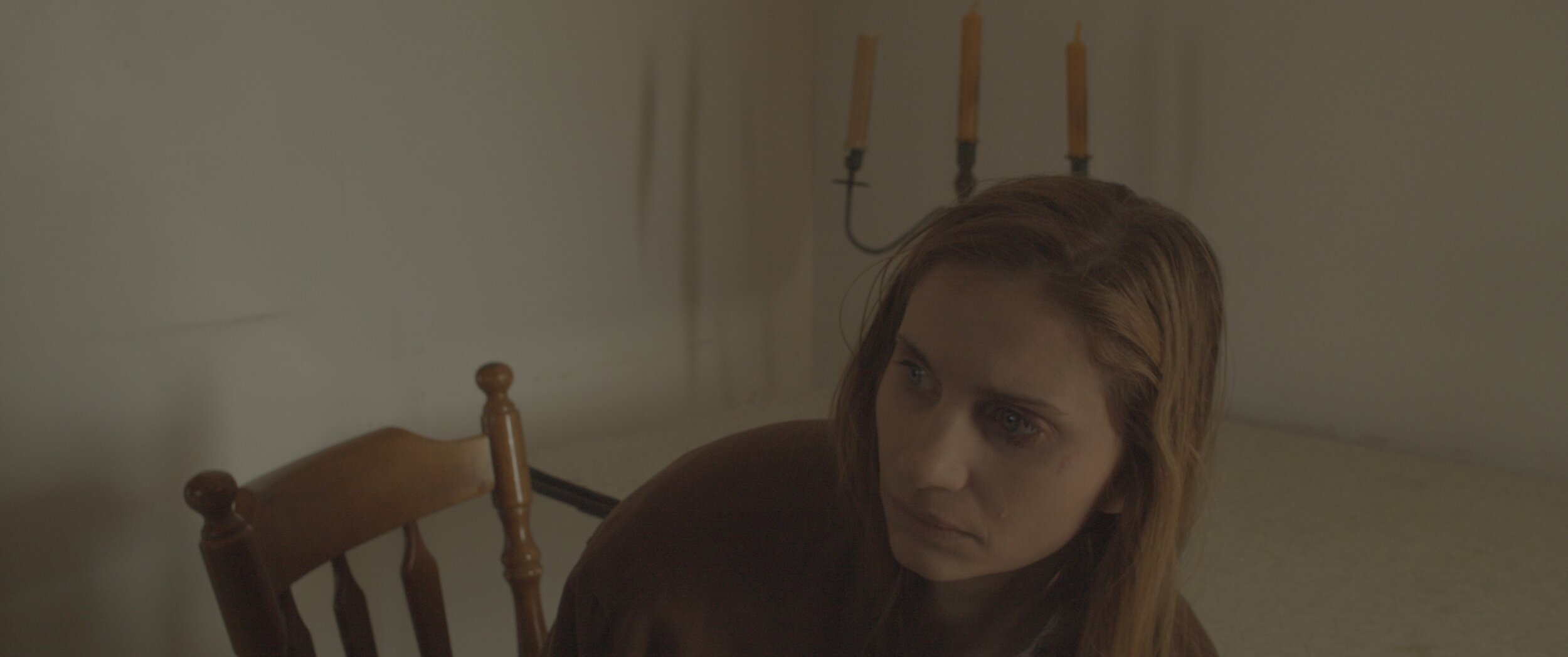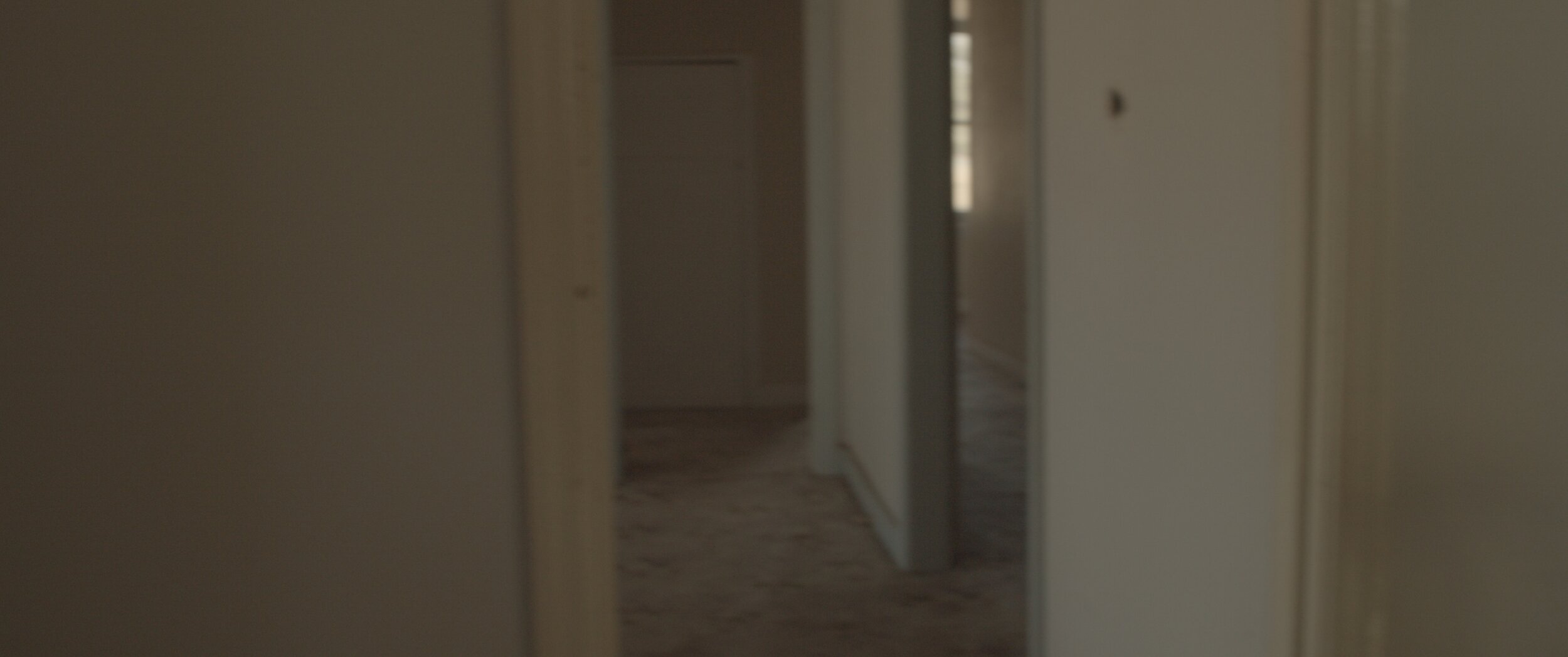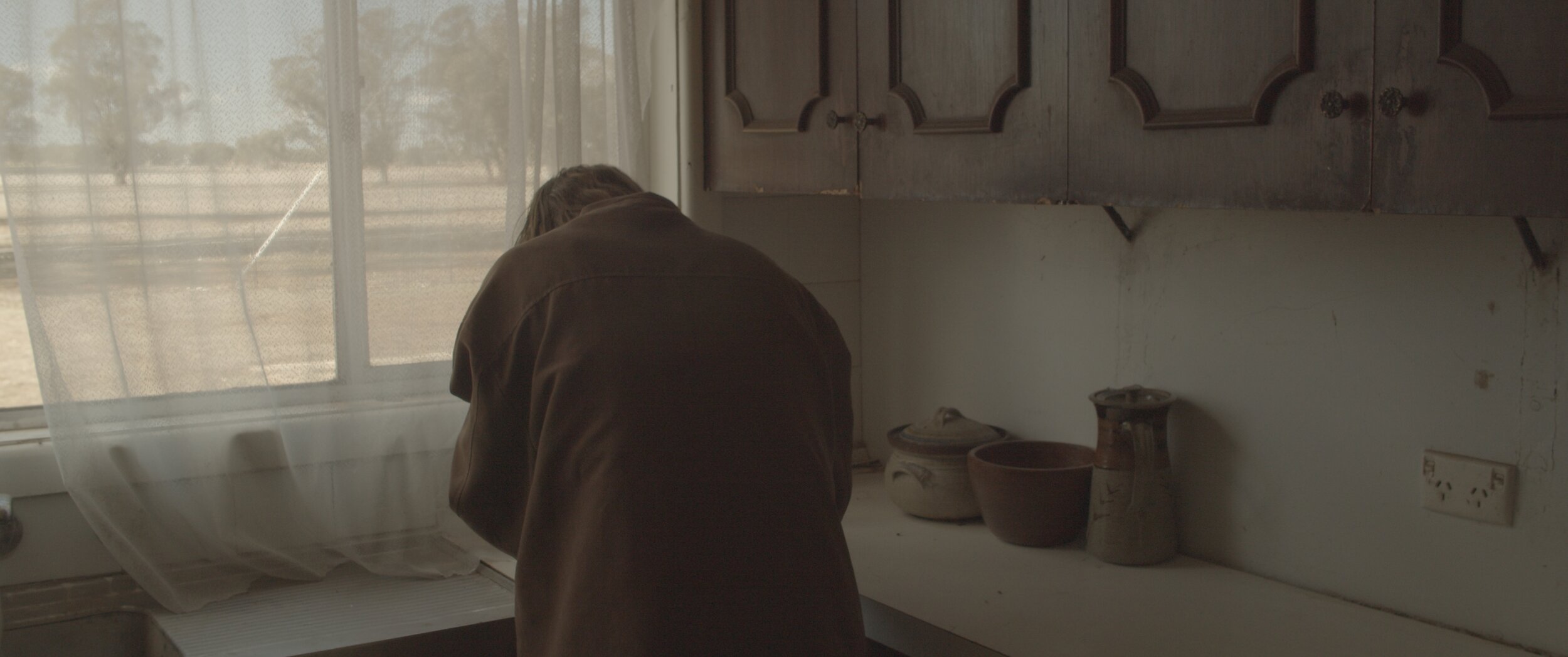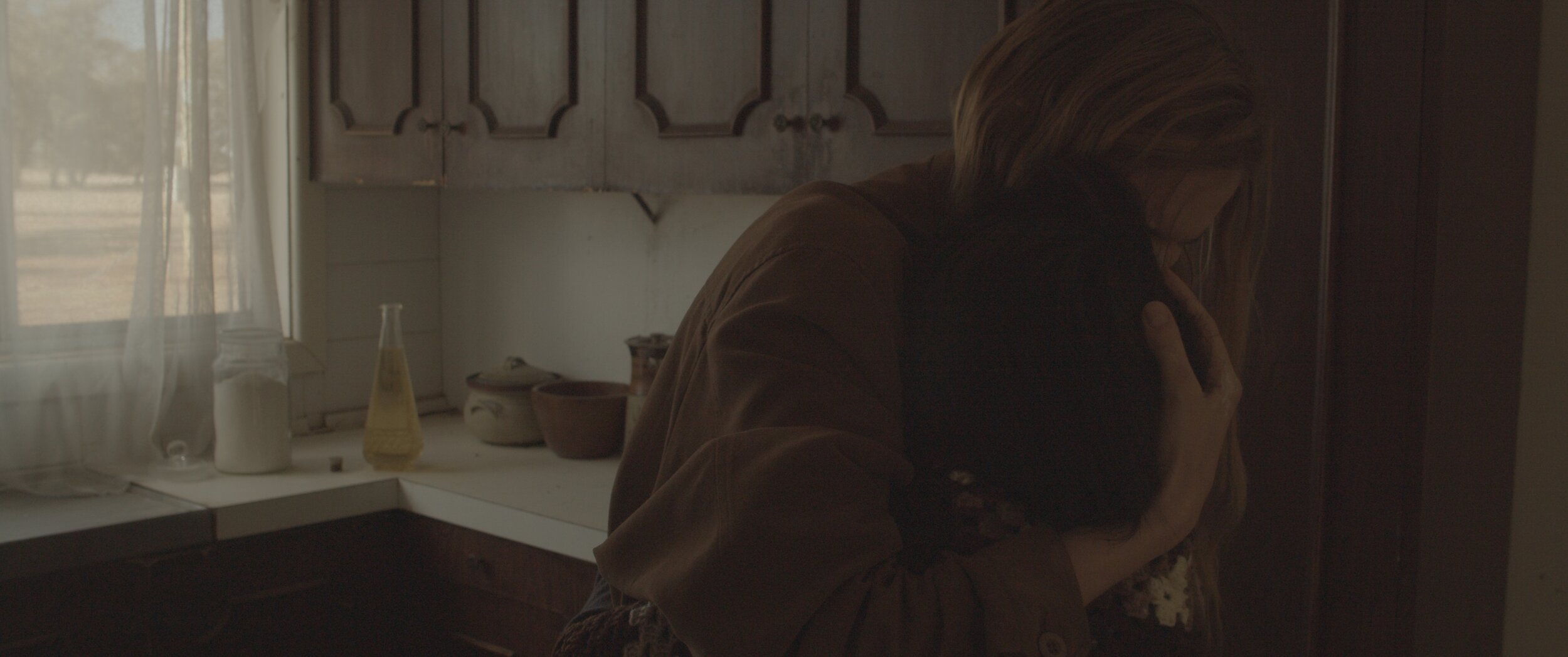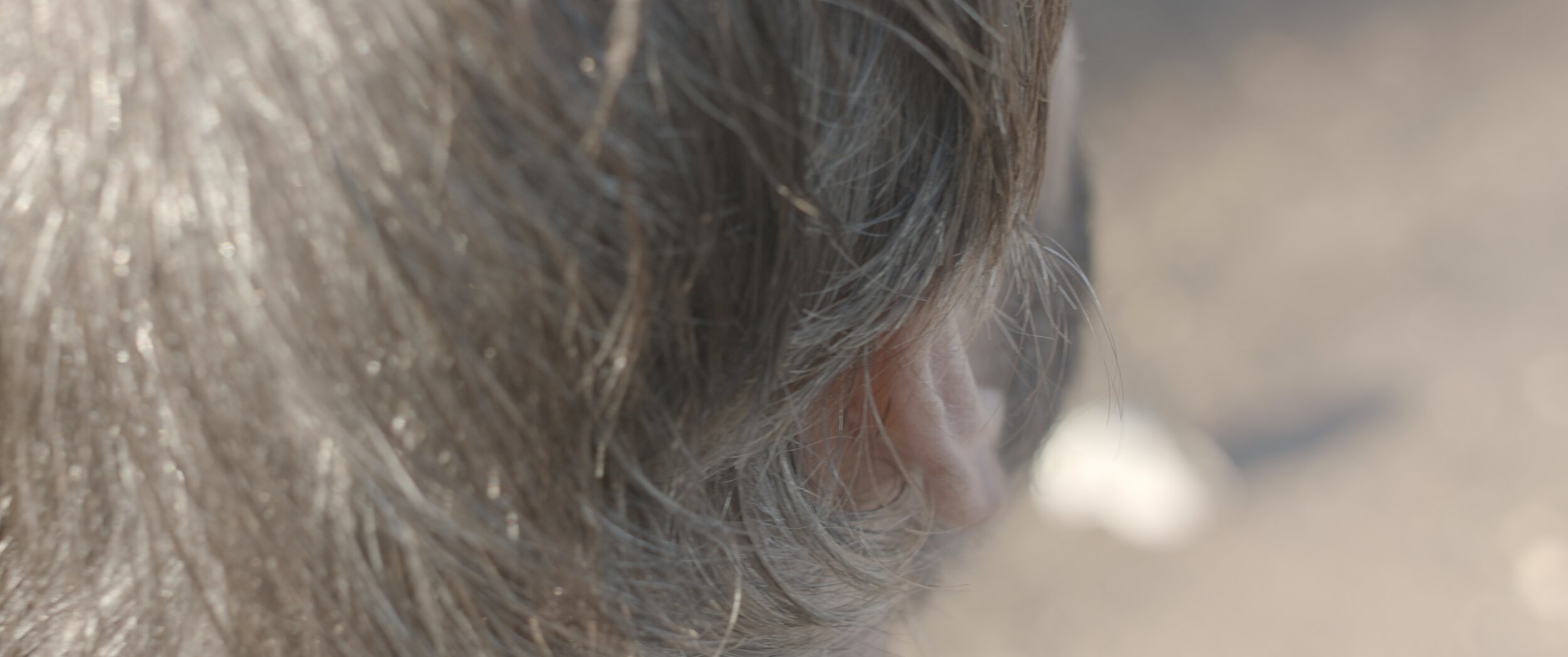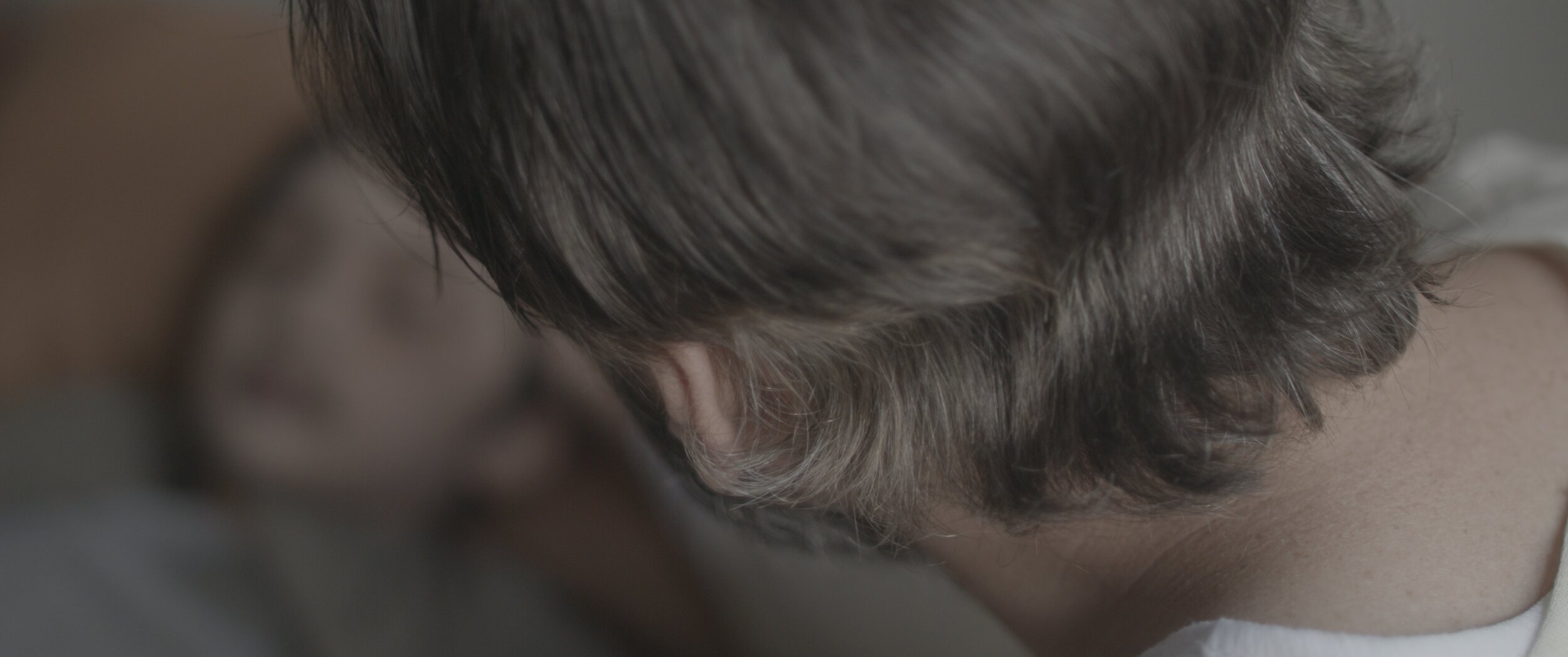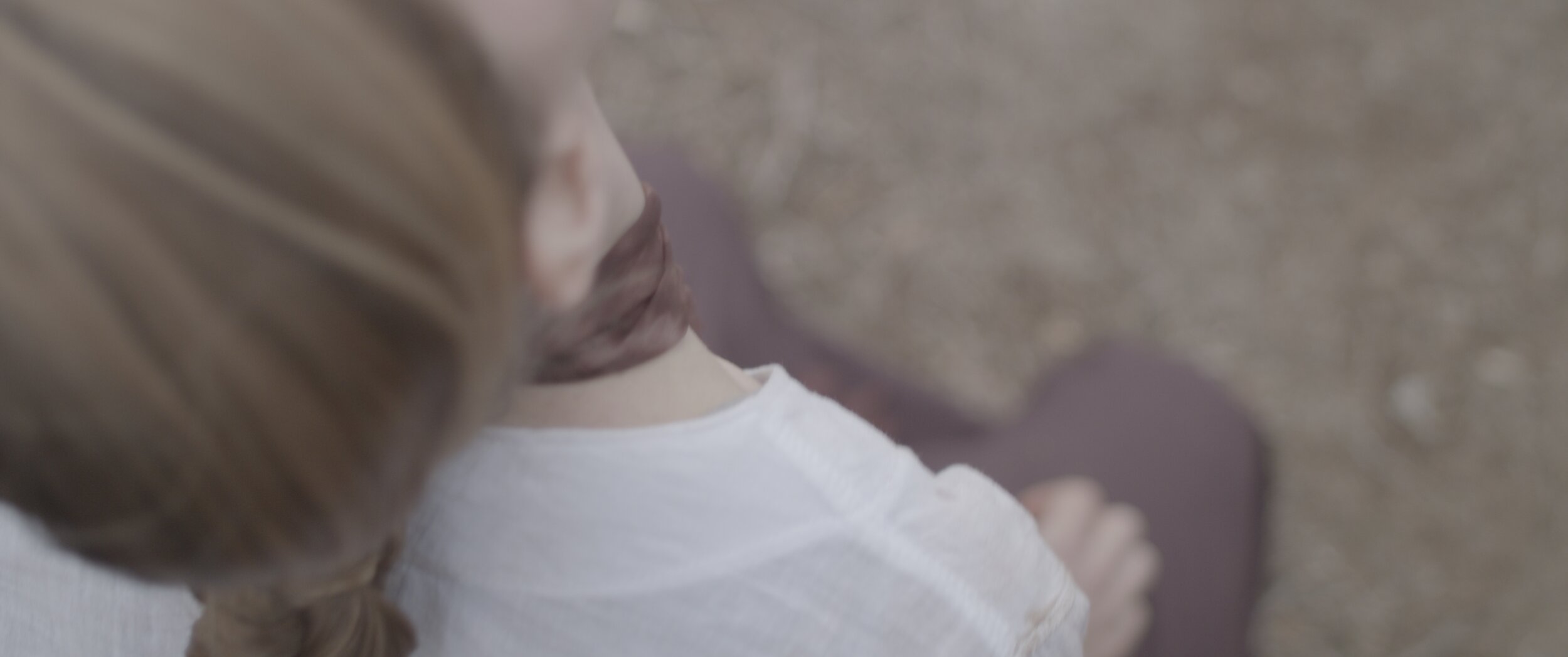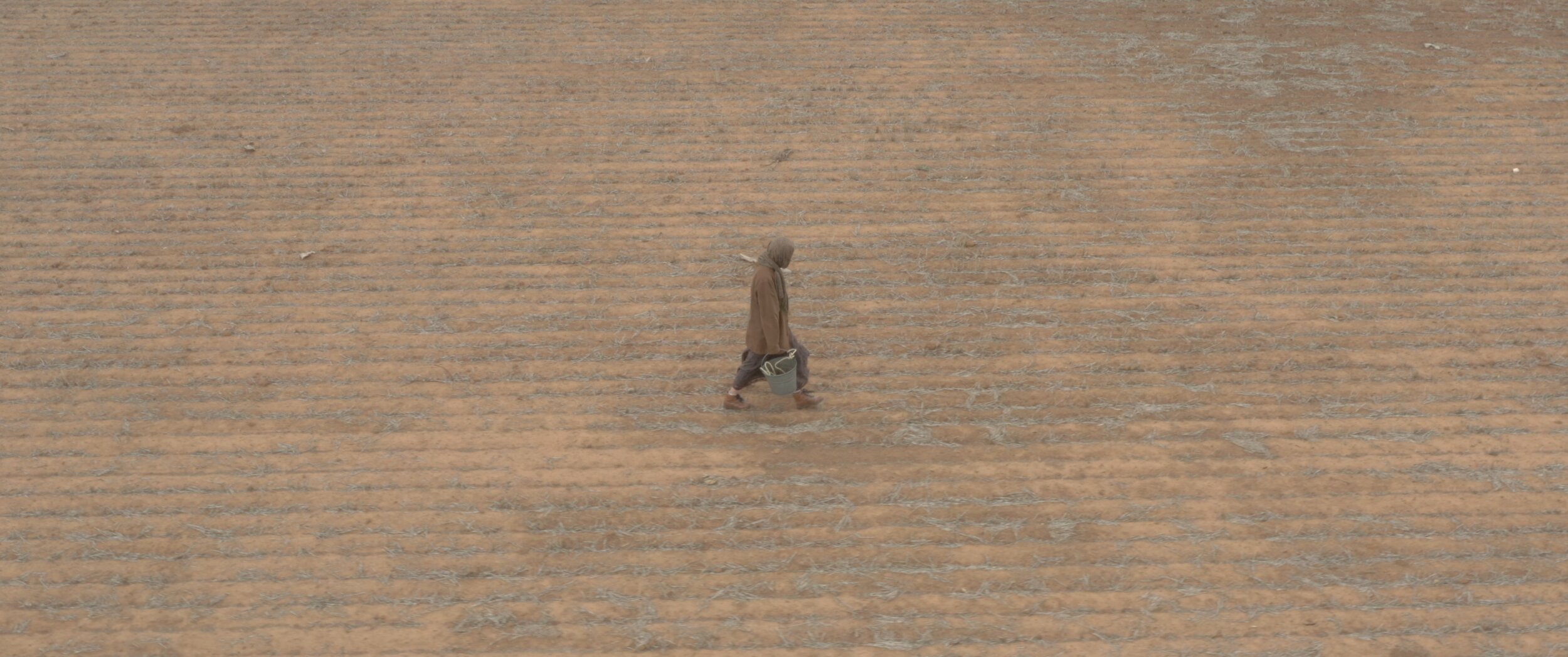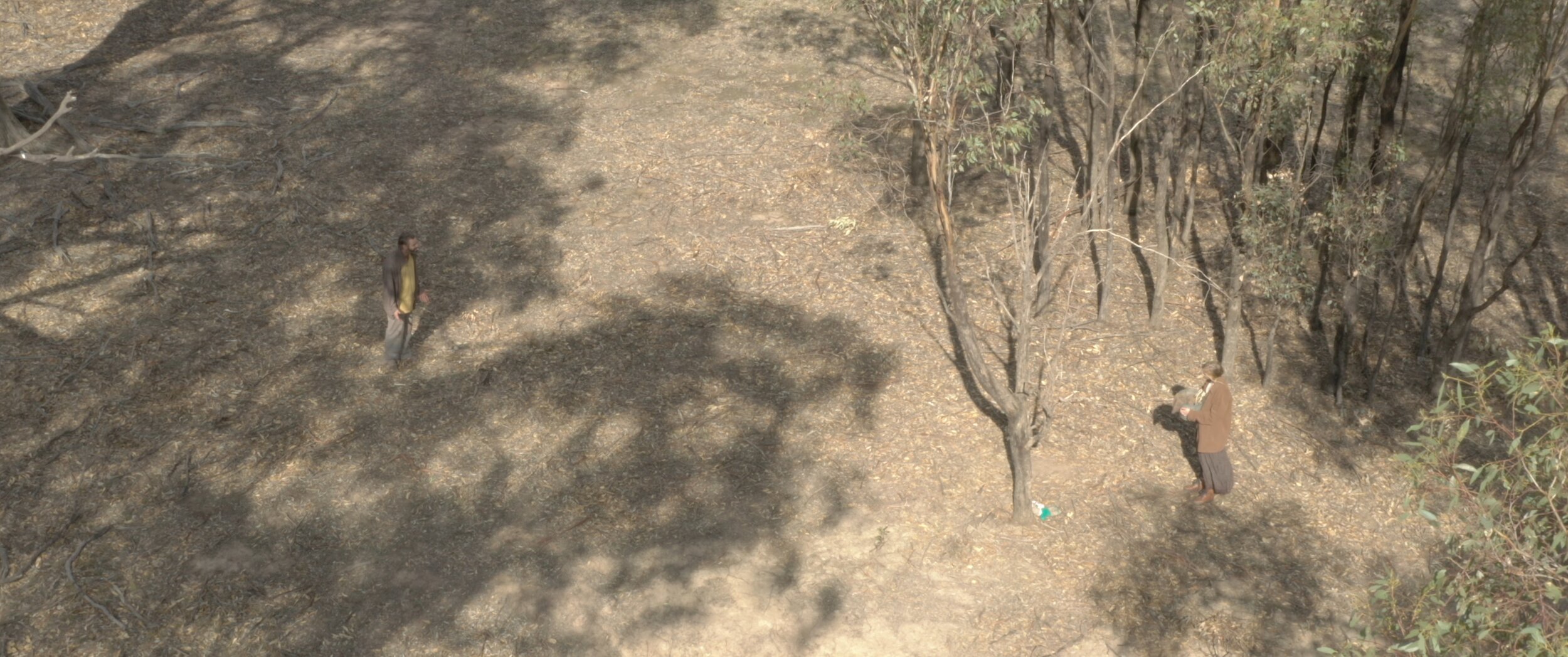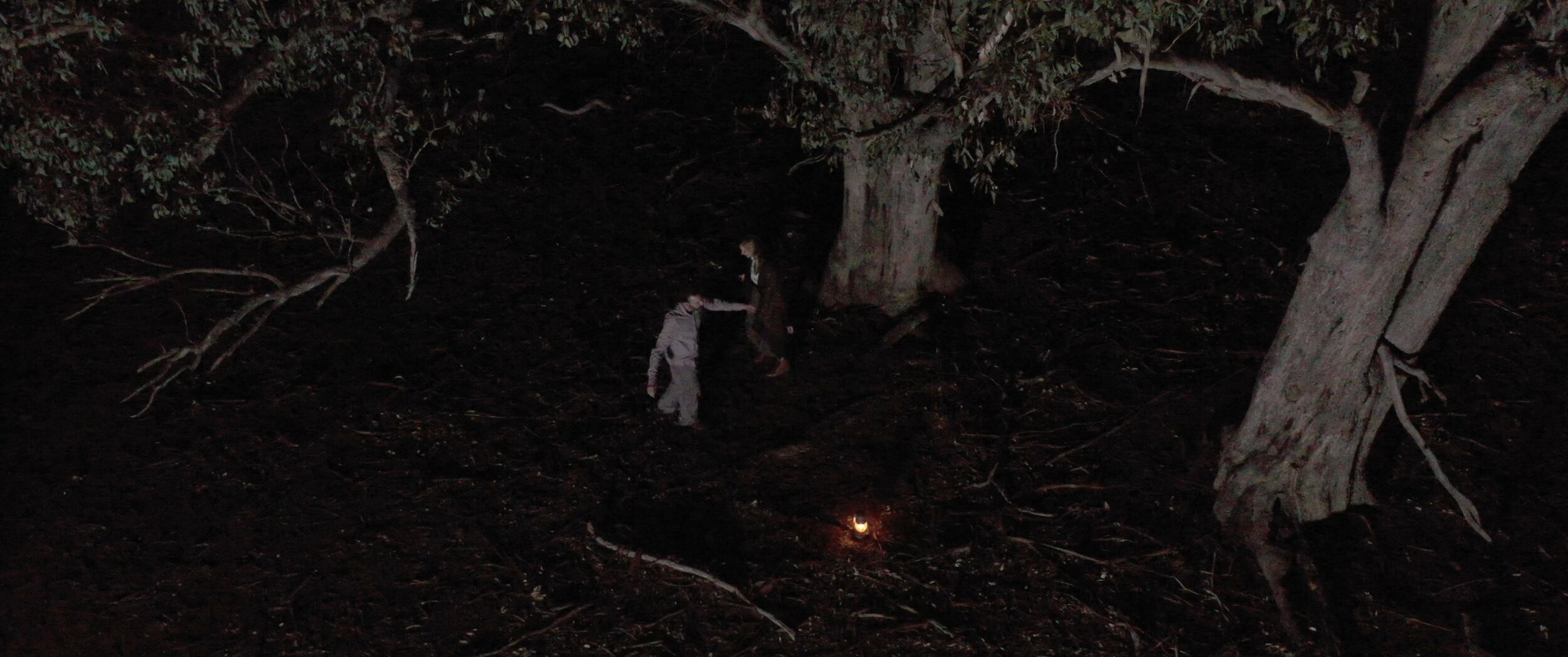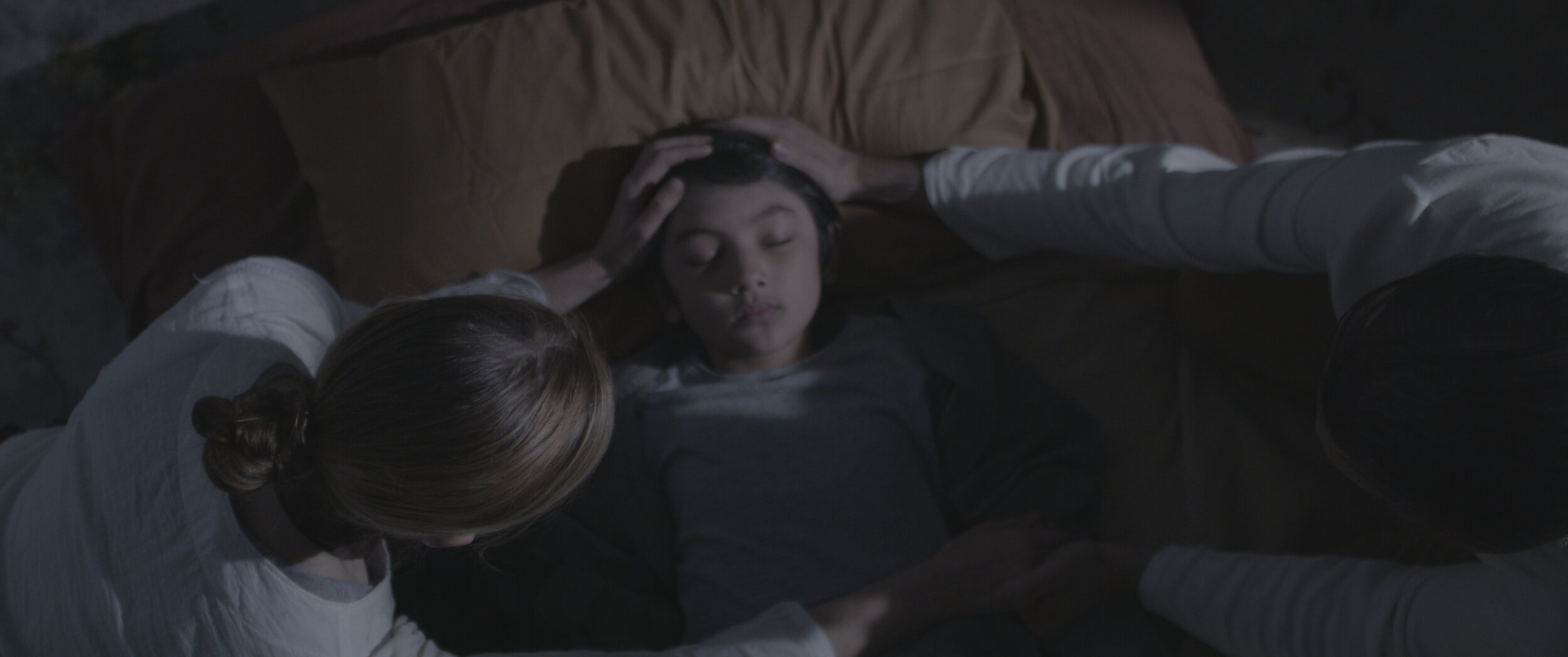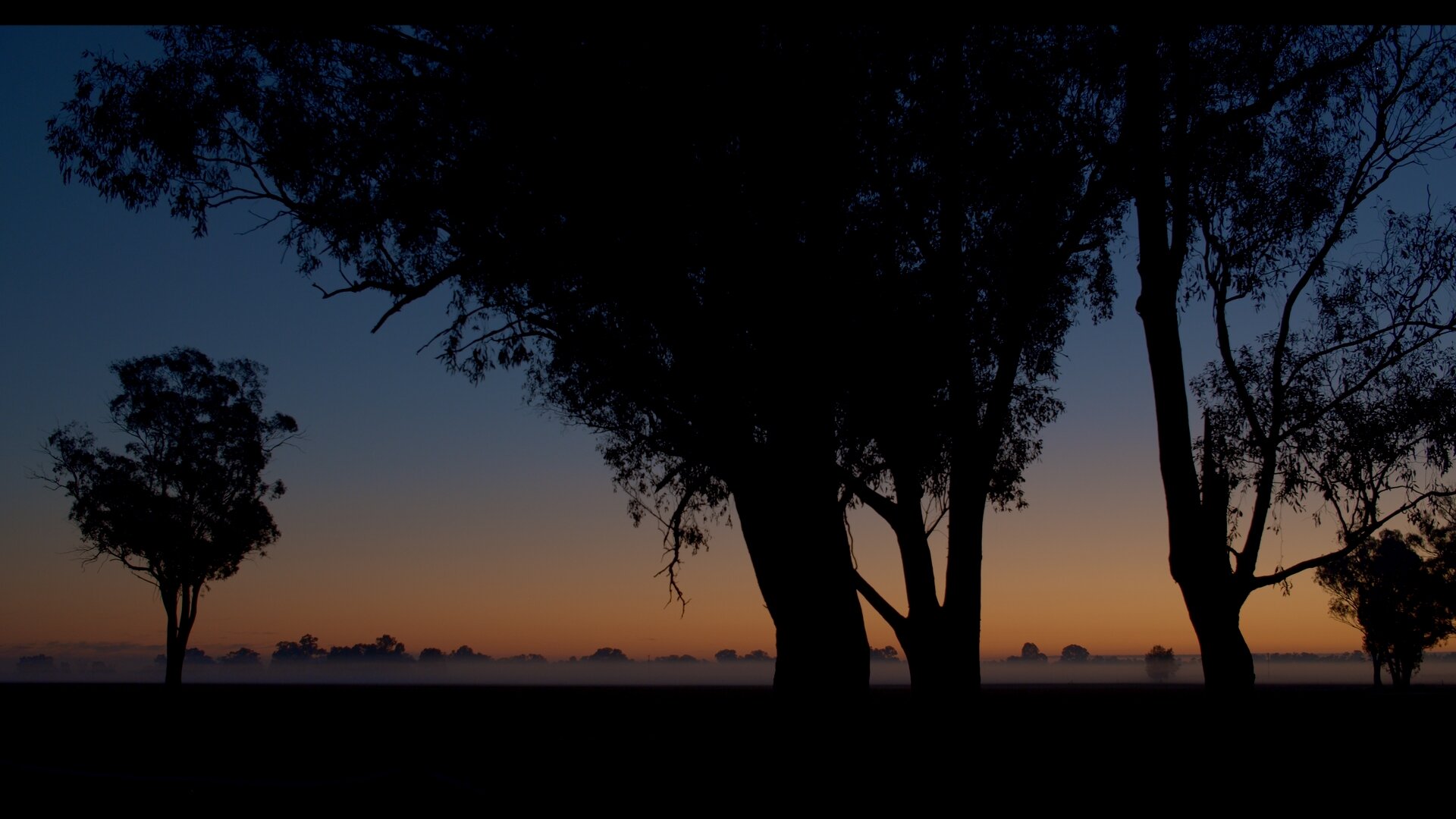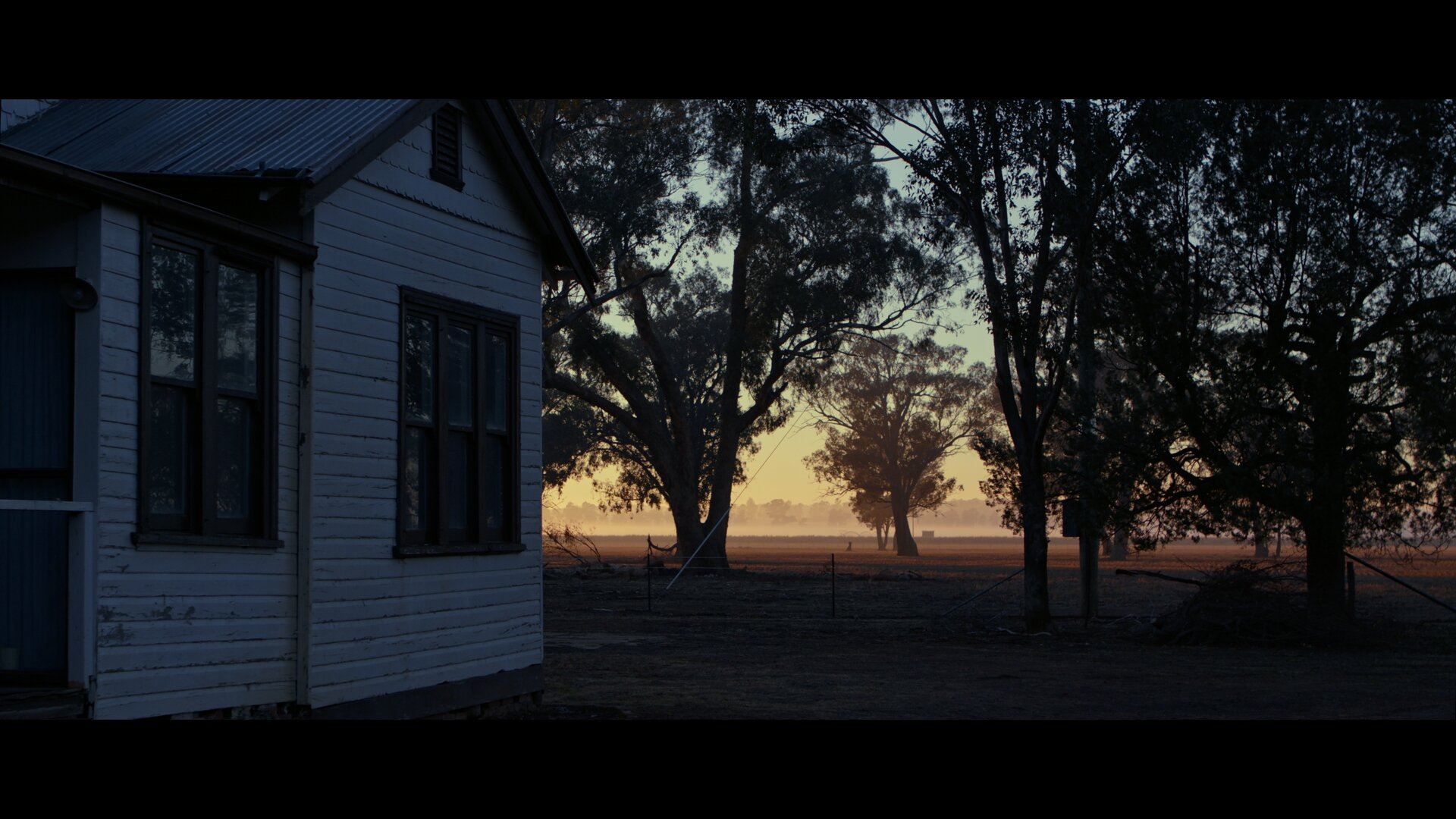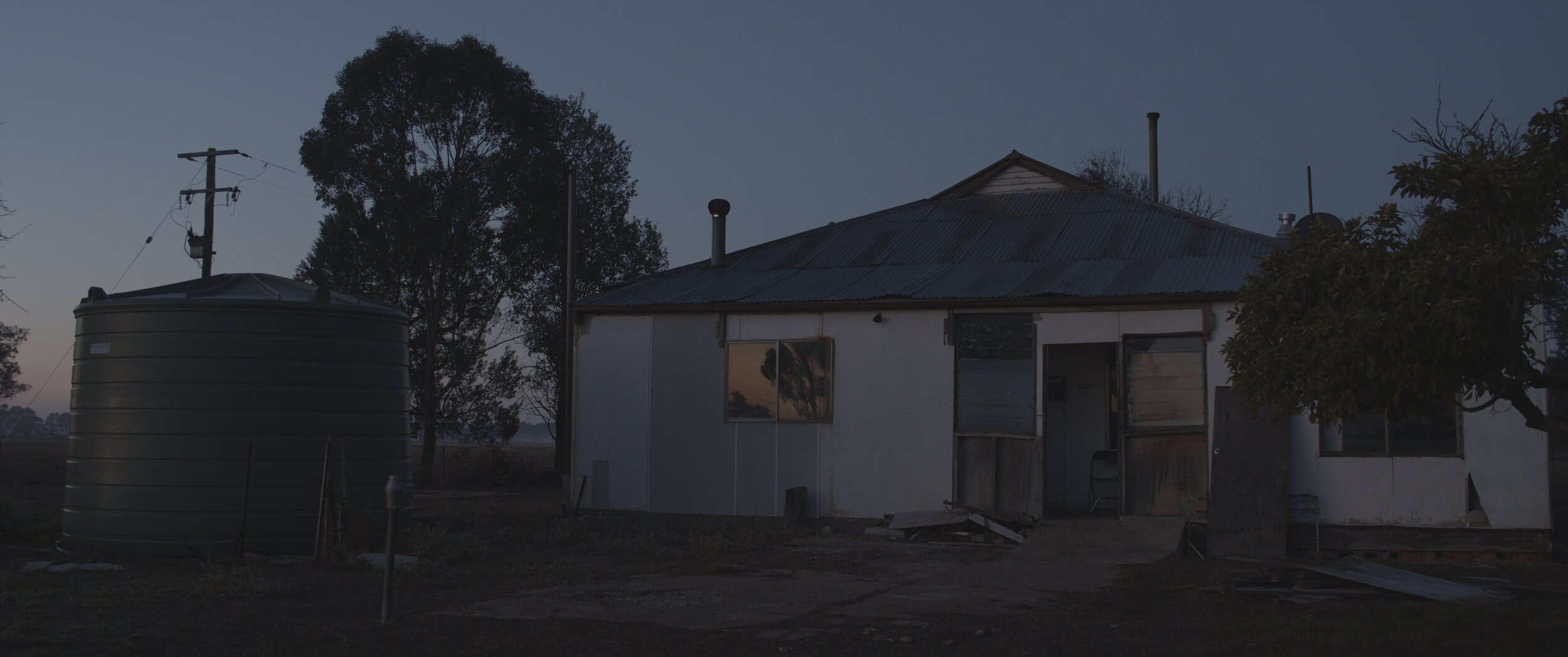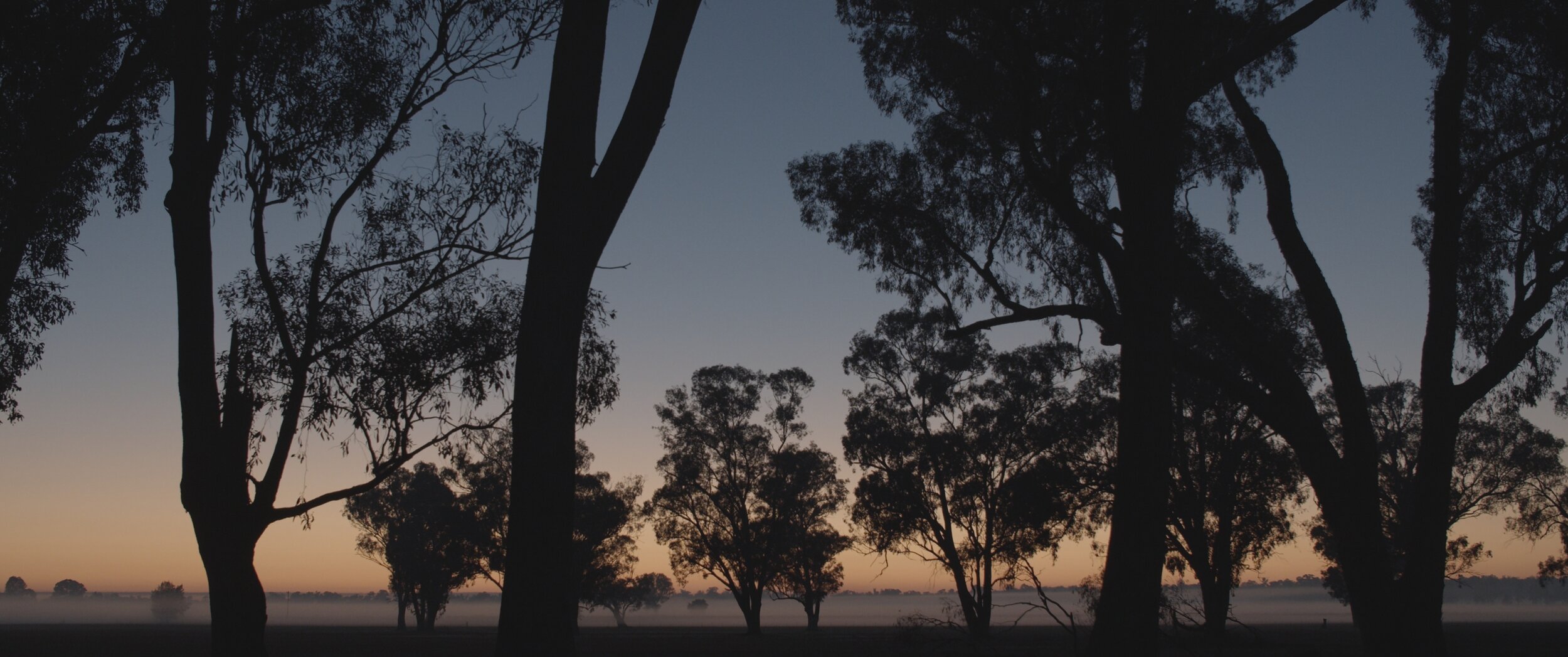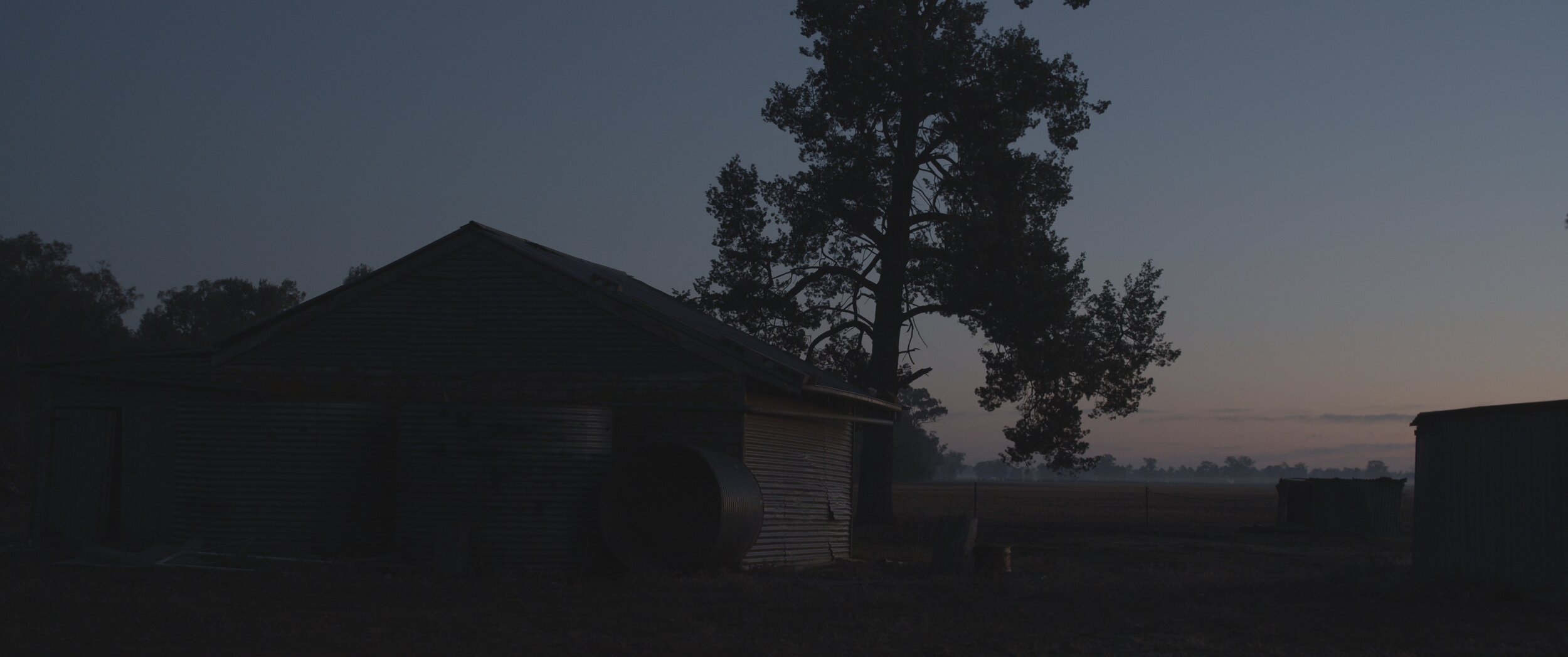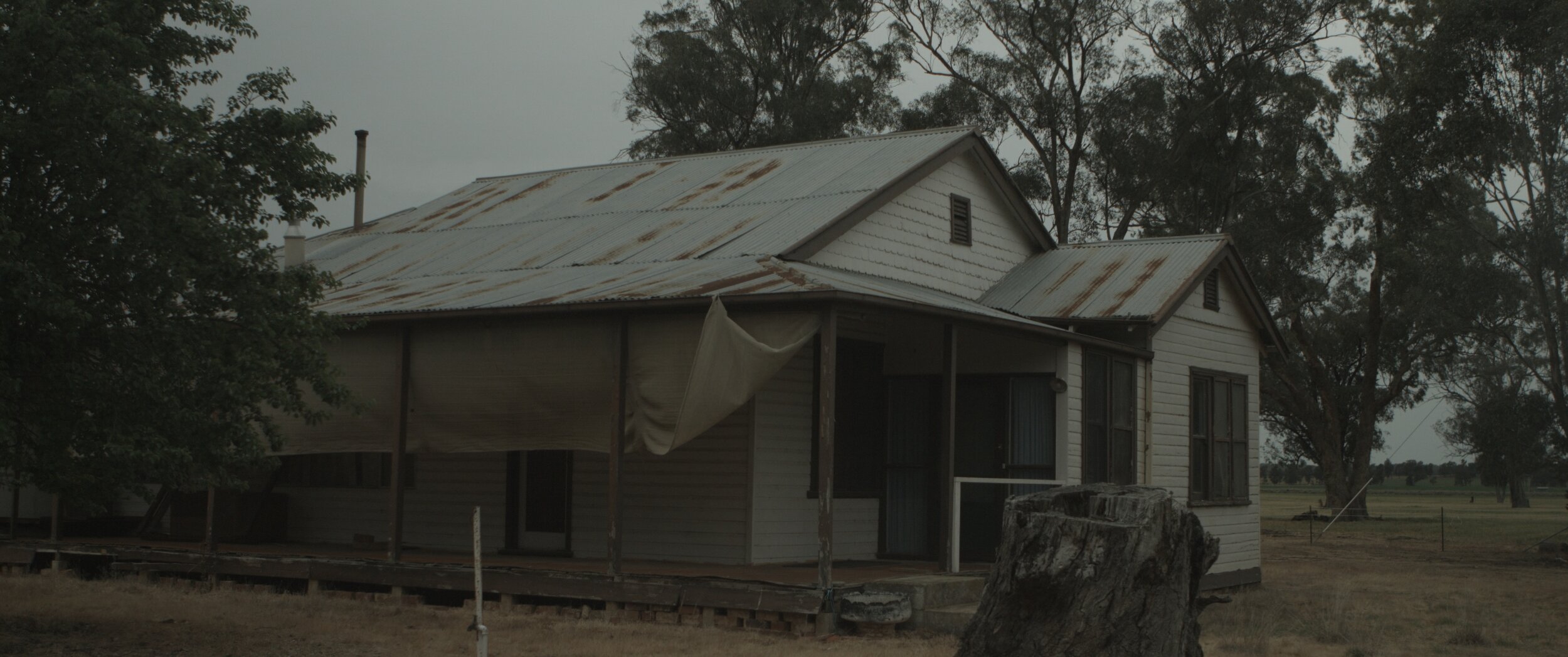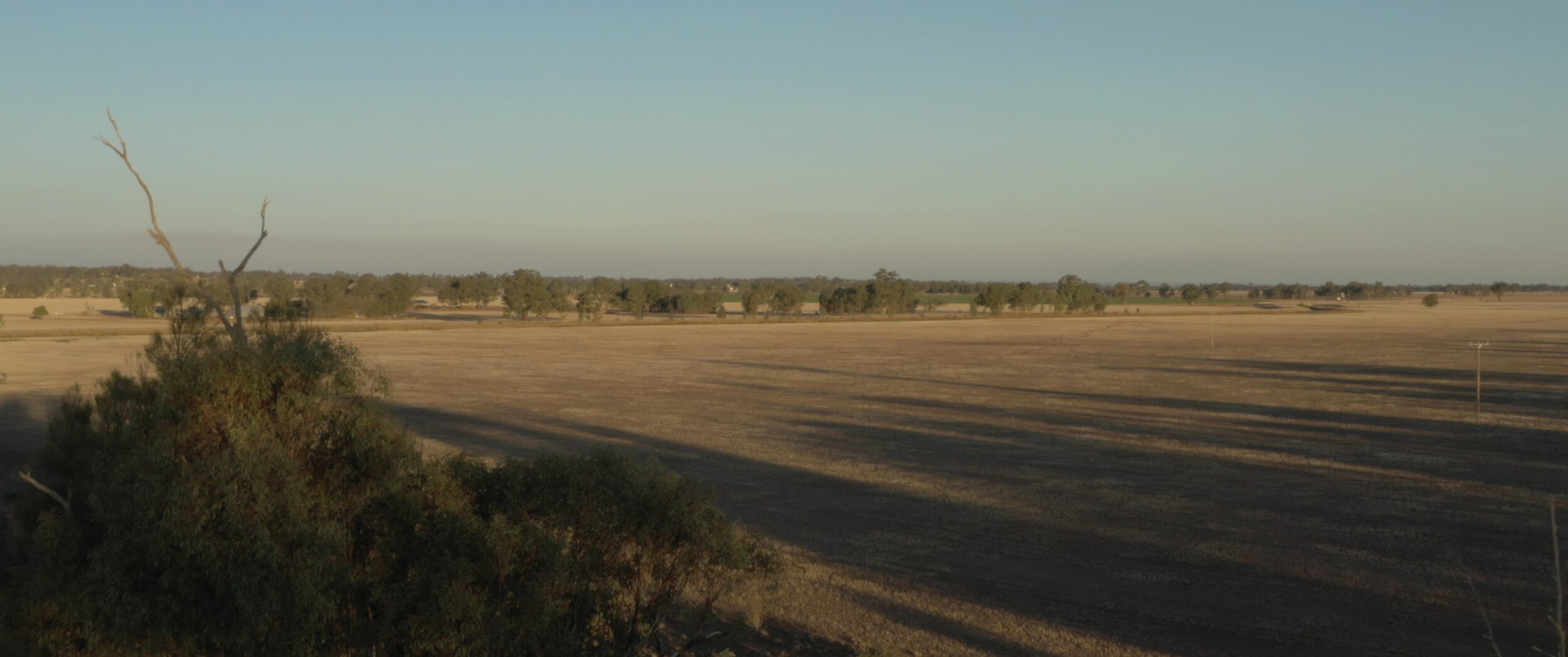Zarephath
Zarephath is an adaptation of the biblical story from The First Book of Kings (1 Kings 17:7-24). It follows a mother and her son, on their last meal when a stranger; Elijah, claiming to be a prophet of God is sent to help them by replenishing their food when she shares her last meal with him. When her son dies, Elijah resurrects him proving that his faith in God is the strongest solution to their situation.
Tropfest and an idea
I was first sent the first draft in early 2018 by Taysha as a potential pitch to be made at the end of the year for Tropfest. The immediate challenge that came to my mind when I read it was where do we film this? All my previous filming experience had been in urban Melbourne, I had not yet explored rural Melbourne to know what potential was out there. Before we got to that stage however, we needed a script. The first few drafts were around 10 pages long, which was too long for a Tropfest entry. We had to cut it down to 7. The difficulty was trying imagine the slow-burn atmosphere of the family dreading their final days without food in a short 7 page script. We let it sit, pre-production didn’t need to commence for a few months more anyways.
Our initial timeline was to shoot in December during the Australian summer to reflect the same environment which our film takes place in. A drought, according to the story killed off all the plants and livestock, leaving the widow with whatever she had left. Leaving the town was not an option because it was too far to walk. Summer was the ideal time to shoot when the air was dry. Before that happened though, we had to get funding secured. We didn’t know exactly how much it would cost to rent equipment, hire a location or how many mouths to feed but we knew we needed to raise something.
Auditions were held in September while we were still revising the script and leads for locations were beginning to appear. An acquaintance had put us in touch with a real estate agent up in his hometown of Corowa, NSW that knew of farmers open to filming on their property. A location scout was organised for October. By this time the script had gone through 5 revisions and it was still no where close to where it should be. Preparations were also underway for a fundraising event to commemorate the end of a music video project with any funds raised going to this next project. Less than a third of what we needed was raised from this day.
In October, Taysha and I drove down to Corowa to meet with a property owner that had an abandoned building on his farmland waiting for demolition. He had agreed to let us film there for free before he would take it down for space. We took the 3 hour drive up there to see if it was what we were after.
My initial impression was that the set wasn’t right. The house looked like it was from the 60’s with electrical switches and dirty carpeting. An electrical heater was embedded in the wall and exposed wires were coming out of the ceiling. There was no working electricity in the house and since it was abandoned, had become the home of many insects that probably didn’t like to be disturbed. However, the long stretch of farmland made for a very nice backdrop and all the owners were very accommodating with our use of their land. Furthermore, we had permission to do whatever we wanted to the house. There were no restrictions. We hadn’t made our mind up yet as but if we were to use this location, we had to re-write the script to the location and re-adjust our budget. I had brought my camera along to do a quick test and it resulted in the teaser below when we eventually finalised the location.
Production Delays
Despite the aesthetic of the house not looking like what we first imagined, the pros seemed to outweigh the cons. A big factor was that everything we needed to shoot we would be able to do it in Corowa and all within a set time-frame. The surroundings would also look fairly consistent. Shooting in multiple other locations that may look better would have increased our budget and the time-frame needed to do so. It was not the yellow drought-ridden land we were after nor the biblical mud-brick houses of the past but our location teaser gave us hope that there was potential to achieving the tone that we were after. It would be a relatively modern re-telling of the biblical story.
The Tropfest deadline was 1 month away when we decided to push back the production. We were unprepared in all departments and had decided to re-cast 2 main actors that were under-performing in rehearsals. A new draft of the script was also under-way now that we didn’t have a 7 minute deadline. We could expand the story and see where it would take us. The final draft turned out to be 30 pages long. During the summer months a total fire ban was introduced in Australia for the driest parts of the country. We wouldn’t have been able to shoot as our film required open flame candles. We had to wait until Autumn - this gave us 6 months to prepare.
Between December and March the focus was on script development and fund raising. Being an adaptation from the bible, we couldn’t deviate the characters from what has been written. It was important to keep it as close as possible and our story was to fill in the gaps and be with the characters during this time. Not exploring an alternative timeline or question choices. This was probably the toughest compromise I had to make in order to test my cinematographic ability. Aesthetically I was looking forward to designing the tone and mood of the film as more and more night scenes required characters to be lit only by candle-light, a very challenging look to pull off even for experienced filmmakers. I delve deeper into my techniques below for this particular challenge. Because of the set location, our budget had to take into account extra demands such as transport of 15 cast and crew members to and from Melbourne, shooting at night without mains electricity, port-a-potties on set and dorm accommodation for a week on top of the usual food, rental and props. All cast and crew were volunteers and were willing to pitch in to help as this would be our most ambitious film to date as a team. Initial expenses were estimated to be around $10,000 for the week, if we were following union rates and regulations, this would easily have been a $50 000+ production.
Pre-Production
Cast and Crew
Our film only had a cast of 4 in total. We re-auditioned actors for the child and the prophet Elijah. In March, 2 months before production started we finalised the cast and had them come for wardrobe testings and a “family” portrait taken. All crew members were people we had previously worked with before and knew them to be reliable. It was important that we had people we trusted and knew because we would be working and living close to each other for a week in a remote location. Even though there was 15 of us, it was the minimum we could have made the film with. Not everybody could be there for the whole duration as well, people were coming and going working around their work schedules. The one department we were missing was the art department, no dedicated production designer or set dresser meant that everyone pitched in to help design what was in front of the camera.
Cast: Wardrobe test and Family portrait
Back Row: Ian Vandermey (Gaffer), Melville Quilliam (BTS Photographer), Bruce Armstrong (Sound Recordist), Jesse Butler (Elijah), Michaela Celeste (Meira), Tessa McHugh (Make-Up Artist), Tristan Braines (1st AD), Taysha McFarland (Director, Writer), Nicholson Ren (DOP), Sam Vella (1st AC)
Front Row: Cindy Pritchard (Executive Producer), Isaac Grounds (Yael), Will Chan (BTS Videographer)
Missing: Anthony Duckworth (Darius), Sebastian Klarica (2nd AC)
Transport
Our location was just over the NSW border and everyone was coming from all around Melbourne, VIC. An option we discussed was to hire a group bus to drive from Melbourne and between the accommodation and set but that meant also having to hire a driver for the week. Even a small mini-bus wouldn’t have fit all 15 of us with equipment plus luggage, half the budget would have been taken already. The other option which we went with was to car pool which would also give us flexibility in letting people come and go as they needed to. A small 8 seater was hired as well to drive a larger group of people and equipment when we were up there. In total there was around 8 cars and about $600 in petrol expenses.
Accommodation
There was no way we could have stayed on set or drive back to our homes every day after wrap. We needed to find a location nearby that could house all of us for the duration of the shoot. There was a golf resort nearby which we managed to negotiate a reduced rate with because we were a large group that wouldn’t be using their facilities, just a bed for the night. It was about a 20 minute drive from set every day and it allowed us to all be together for any spontaneous meetings.
The Candles
Obtaining these props wasn’t as simple as just purchasing them from a store or ordering them online, the candles had to meet specific requirements so that I could rely on them when shooting. They were the most important prop and I had them hand-made especially for us. I designed and based all the night scenes around them and the light that they would give off. When I read the script I knew that I didn’t want to cheat by having a small light off screen or to hide a bulb behind the candle stick. I needed to find a way to shoot purely by candle light. The obvious reference for this would be Stanley Kubrick’s Barry Lyndon. Other references included Game of Thrones, Wolfhall and The Witch. These were all high-budget productions and what I noticed was that they were lighting large areas with hundreds of candles. We needed to light with a single stick.
In Barry Lyndon, they shot on 100ASA and used a f0.7 lens made by Nasa. Obviously we couldn’t do that but with more advanced digital technology, we didn’t need to restrict ourselves to 100ASA. The Blackmagic Ursa Mini Pro G1 camera I was going to use had a native ISO of 800 and the fastest lens our budget would allow for would be T1.5. I was also shooting at 25fps with a shutter angle of 180. I had to find a way to achieve a decent exposure under these restrictions.
Before anything was purchased I had to make sure I knew what to look for.
1. How much light does my flame need to give me.
2. What was it made of?
3. How thick and tall does it need to be?
4. How much wax do I need to buy?
A normal candle flame
Our candle flames - They had to be larger than normal, allowing for more light to fill the area.
How much light do I need?
This wasn’t very simple to define. I knew the limit of what my shooting specifications was going to be at - 800ISO, T1.5, 25fps, 180 degree shutter. The last thing I needed to know was how far away my subjects would be from the source. From discussions with Taysha, I knew that the candles would be carried close to the characters around the house. It wasn’t to be left around to fill dark spots or as decoration. It would serve as their lights during their meals and when they needed to move around at night. From the screenshots below, you could see that the flame would be roughly a foot from them when they were carrying it around. Knowing how they would carry the light allowed me to determine how bright it needed to be.
100 ISO at 24fps, 180° shutter = 100FC for T2.8
The above exposure equation was my starting point to determining how much light I needed. I needed to find out many footcandles I needed at 800ISO, T1.5. The difference between 24 and 25fps would be negligible. The following table shows the resulting deductions to get to what I needed. When the ISO doubles, I would need half the light to keep the same exposure at a constant Aperture. Similarly, if I were to go one stop down I would need half the light again if ISO does not change. This equation would only hold if the light stayed a constant distance from the source. If distance were to be added into the equation, you would need the inverse square law for further calculations.
While keeping the FPS and shutter-speed constant I could change my ISO and aperture variables to find out how many footcandles I needed. At the minimum, if the candle was held a foot away from the subject I needed roughly 3FC emitting from the source. If I wanted to be safe and have a stop over I would aim for 6FC. If a typical candle emits 1FC, I would need a candle that could emit 3-6 times more light than normal.
What do I make the candles from?
Knowing what I needed to aim for I began searching for types of candles. A typical birthday candle would not have given me enough exposure. Wolfhall’s production designer mentioned that they made their candles with a double wick, effectively doubling the strength of their flame. They also used Beeswax as it was a natural product and did not give any odour or had black smoke. Paraffin Wax, although cheap would give toxic fumes and black smoke. The candle wicks would simply be made from cotton string triple/ quadrupled times over to give us the brightness we need according to my calculations. If one wick was 1FC - we need to make them 3-6 wicks thick to get the appropriate exposure.
How wide and tall does it need to be?
This measurement came from the bases of the props we found. The average diameter was between 2.5-3cm for the thinner candles and the larger bases were around 8cm. We wanted a few varieties of height so we didn’t need to be so specific about it but we also needed “fresh” candles to depict the moment Elijah replenishes everything in the household. I had one test candle made to test the speed at which it melted so that we could anticipate how many we’d need for an average for 4 takes per shot if we needed to swap it out between takes. It came down to 1 cm per hour. We needed to make 50 candles overall for the 10 shots we had with lit candles.
How much wax and string do I need?
I had to calculate the volume of liquid for the mold I had and multiply that with the number of candles I needed. From a mold measuring 2.5cm in diameter with a height of 15cm I needed 73cm³ per thin candle and 402cm³ for the thicker based candles of 8cm height and 8cm diameter. Overall, we needed 30 thin candles and 20 thick candles giving us a total volume of 10230cm³. Using the density of Beeswax (0.961 g/cm³) multipled with the amount I needed I came to 9.831kg of Beeswax required.
The length of string required was simply 4 x [(30 x 15) + (20 x 8)] = 24.4m. Remember that we have to double/ triple wick the candles hence the 4x multiple.
Thus from my calculations we had to source 10kg of Beeswax and 25m of Cotton string. From this experience I learned that if you collect unclean beeswax straight from a farm you will lose about a quarter after melting and cleaning it - we eventually needed about 13kg worth of beeswax to get everything we needed. The candles were made by an ex-colleague from work, Scarlett Kenny.
Testing
Once we had the first candles made I tested them with our Gaffer, Ian and 1stAC Sam. We drove over to Ian’s place and did some camera tests with the steadicam and to find the best settings for filming at night.
Double wicked candle at 1600 ISO
Double wicked candle and back-up bulb at 1600 ISO
We tested 2 techniques - 1 with just the candle and the other with a small tungsten bulb “hidden” behind the candle. On our first attempt we found that the strength of our candles were too weak. We had to raise the ISO to 1600 to get an appropriate exposure. When jumping up to the next “zone” after ISO 1000 on the Blackmagic, the whites get clipped more as there is less dynamic range in the highlights. You can see how the top of the candlestick is blown out. If you scroll down here further and have a look at our screenshots, you’ll see how we manage to expose to ISO800 and still save the highlights when the candles were fixed. I had to get Scarlett to double or triple what she had initially done so that we could film at 800 ISO and stay within the first “zone” on the Blackmagic.
Comparing the light pattern of the two techniques, you can see how the difference is day and night. Without the bulb there is a shadow over the base of the holder whereas the light bulb has a massive hot-spot and harsh shadows. In addition to that, the actors would need to carry a battery around with them and that would limit their interaction with the prop and how they moved in order to hide it from the camera. While the exposure may seem better, the shadows cast wouldn’t seem natural. It was vital to get the prop correct so that we could rely on it as our sole source of exposure.
References
The below screenshots show a few references I used to get the look for the film. There was alot of discussion about keeping things in shadow because of our single light source. We were effectively lighting for the environment and giving the actors free roam of the scene to what was comfortable for them. We didn’t want to restrict their movement just because our lighting was abit unconventional. Because of the low light nature of the story, we shot alot of the film wide open and that gave the film a softer, almost lighter feel. For me, the movie The Witch by Robert Egger was a big reference because the nature and the style was the closest to what I had envisioned.
Equipment
We shot mainly on the Blackmagic Ursa Mini Pro 4.6K G1 and the new Blackmagic Pocket 4K for all steadicam shots. Blackmagic had just announced BRAW and we managed to update our firmware to include it and decided to film the whole movie using that codec to give us the most flexibility in post especially for night scenes. There was also a 3m Dolly and a Jib. Our main lighting kit consisted of 3 lights - A 1.2K HMI Par, Aputure 300D and an IntellyTech Light cannon as well as a 12 x 12 Butterfly frame and a 4 x 4 scrim. The bulk of it was for night scenes where we needed to replicate moonlight. During the day it was about using modifiers to block and cut light rather than adding more.
A Cam: Ursa Mini Pro G1 with Rokinon cine Lenses
Blackmagic Pocket 4K on Stedicam
Arri M18 with 12 x 12 frame. This was only a third of the equipment
Production
Lighting Breakdowns
Scene 3 & 5
This scene is one of the few key shots in the film that go for an unbroken 2 minutes. It’s the first time we establish the idea that we would linger with the characters and try not the break the moment by cutting. This was one of the ways we tried to pace the film and capture it from Meira’s perspective.
“Meira gets up and walks to the KITCHEN. As she walks through the house, the moonlight flashes on her face showing a weary, thin woman.
INT. KITCHEN - CONTINUOUS
Meira takes a moment to compose herself as she looks around the bare kitchen. Cupboards are falling apart with some doors ajar and some completely gone, revealing nothing inside. As if desperate to find something, Meira looks through each cupboard. Something she has done a million times already, but she’s desperate to find any sort of food that could have miraculously shown up. There’s nothing. She takes a seat at the kitchen table, exhausted.”
Exterior lighting set-up for Scene 3 and 5
The layout was not drawn to scale and it just included basically where I remembered all the windows and doors was. The sun and moon symbols showed us how the sun would travel during the day so that we could plan where and when we would need to shoot certain scenes.
This diagram shows 2 different set-ups. Scene 2 was done in a bedroom on the right and scenes 3 and 5 was to be in the main lounge. They were not done at the same time. For scene 3 and 5 we had to light both the dining room and the kitchen at the same time. I wanted to achieve a stop of F2.8 when she was sitting down by the kitchen bench and have the background a little higher at F3.2. We lit both rooms separately so that we could tweak them individually to get exactly what we needed. To try and give a little more warmth into the candle light, I put 1/2CTB onto our “moonlights” to give a little more saturation in the oranges. On the side of the table we placed a white board to bounce some of that candle light back onto her face when she sat down.
We used a steadicam for this shot despite not moving more than a feet or two because I had to find a way to move with her when she was at the cupboards and while she was sitting down. This was one of the first night shots we did and it helped us set our expectations for the rest of the night scenes.
Scene 16A & 21
“INT. DINING ROOM
Meira, Elijah and Yael sit around the dinner table. A large pancake loaf of bread sits in the middle of the table. Candles provide light. Elijah reaches out his hands to both Meira and Yael. Confused, they both stare at his hands for a moment, before Yael puts his hand in Elijah’s. Meira cautiously puts hers in Elijah’s other hand as they follow his lead. His hands are warm, comforting. He bows his head and begins to pray. Yael peeks at him as he does so.
ELIJAH
Dear Lord, thank you for blessing us with this food tonight…”
This was an important scene as it depicted Meira trusting Elijah and allowing him to eat dinner with them despite it being their last meal. Elijah prays and we slowly pan to each of their expressions, watching them while listening to the prayer. We covered it by swinging the jib from the bread to each of their faces before finally ending on a wide of all 3 of them as they shared the bread.
Because of it’s importance we spent some time going over the scene during pre-production. The lighting plan below shows classic over-preparing and then finding a simpler way to shoot on set just by feeling the scene and being in the moment.
I had planned to have our “moonlight” hitting their backs and lighting them from the front with candles. There was also a panel with diff over the table as a back-up if we needed a little more exposure. We had 4 camera angles that we wanted to capture the scene from, with singles, OTS, 3-shots etc… We had the camera already on the jib and was testing the angles while they were rehearsing by swinging the arm over to the positions we wanted to cover and from that realised that we could cover the whole scene in 1 long unbroken shot instead. All other camera angles were scrapped and we saved 2 hours. The moonlight set-up was ready to go but when it was switched on, killed the entire vibe of the scene. Despite other scenes having moonlight, this continuity ‘error’ was a deliberate choice and it made the scene look much more natural. The strength of the candles alone made the whole scene stand out and gave it a strong look.
Scene 23
Similarly to above, this scene had the same simple set-up after we had extensively planned for moonlight and back-lights. Being in the moment on location allowed us to see alot more clearly with what we needed.
Scene 27-29
“INT. BEDROOM - MORNING
Meira is hugging Yael tightly in their sleep. Beside her the candle has replenished back to it’s full length. She awakes and turns to lie flat on her back, staring up at the ceiling. Even though the sunshine shines brightly through the window, a single tear rolls down her cheek. She gets up and goes into the HALLWAY, where she can watch Elijah from the doorway. He sleeps peacefully. She moves to the DINING ROOM.
INT. DINING ROOM - CONTINUOUS
Meira walks up to the window and looks out. Like every day there’s nothing new out there. Just dead grass and trees. She waits, looking out into the distance, trying to see if there’s anything out there. But there’s nothing. She turns to go towards the BACK PORCH where she picks up her bucket and shoes before going to sit down at the KITCHEN TABLE.
INT. KITCHEN - CONTINUOUS
It is brightly lit with the sun rays coming through the open window. She leans down to put her boots down. Her gaze moves from the ground to the bright light coming through the window. It’s almost blinding. Her eyes then gaze down to the jars resting on the kitchen counter. She pauses. Cautiously, she walks over, unaware if this is a dream or not. She inspects the jars. Touching the cold glass. She looks closely at it before opening the lid and putting her hand through the flour. It’s real... she dips her finger in the oil and puts it to her mouth. It’s oil! Her heart beats faster, her breath increases. Tears start coming down her cheeks. She falls to her knees. Yael has woken up and curiously pokes his head into the kitchen, rubbing his eyes.
YAEL
Mum?
Seeing his mum cry, Yael quickly comes over to put his arms around her.
YAEL (CONT’D)
Mum, what’s wrong?
MEIRA
Nothing honey, nothing’s wrong. We’re gonna be okay.”
This is the longest shot in the film. It takes place the morning after Elijah ate dinner with them. This is the day that Meira has no more food but she still has to go out to find something for her and her son to eat. We planned this to be an extremely long take but we didn’t know how long until we got to set and rehearsed. It was over 4 minutes. Despite planning for lights to be used, we eventually only used available and natural light. The only augmentation we did was to take blacks sheets to the ceiling to reduce the bounce. We put these sheets up on day 1 and kept it there until the last day of the shoot.
Motifs
God
Being a biblical story, we had to find a way to symbolize a higher entity. From our discussions of the story, there is no doubt that Meira is being watched by God. She however, has no idea. The philosophical idea that He is always watching became our baseline. We decided to take the idea literally, to reference Him through high angles looking down. These angles are peppered throughout the film, during key moments which all come together at the end. While we are with Meira and Yael in their house, we never look down on them from the corners of the house to avoid a “security surveillance” feel. Whenever we view them from above, it was always at relatively extreme high angle. All shots were taken using a drone and a jib.
To establish the idea of God from the beginning, we started by filming close to Elijah’s ear symbolizing Him speaking. It is not expressly said in the film but He tells Elijah; as God’s prophet, to go to Zarephath and help a widow and her son. The same shot and angle are repeated towards the end of the film when Elijah prays for Yael and Meira prays in the yard. The key moments which we had Him watch Meira’s progress was when she goes out to look for food and water, when she first agrees to help Elijah and when she dances with him at night.
The last shot of the film symbolizes God’s power being given to Yael and waking him up from death.
Rain
The rain became a symbol for dreams and hope. Zarephath is suffering from a drought and everything has died. Early on, Darius leaves the family to go find food in the other town. We never mention how long it has been until Elijah finds them but Meira constantly dreams about him returning. We only see the rain explicitly in the first dream sequence when she goes out and sees Darius. All other moments, either the reflection or the sound of rain hints at the scene being a dream. Meira is haunted by the hope that Darius will eventually come back and tell them that the other town is safe. But this never happens.
The final moment of the film sees Meira’s prayer answered in reality when it begins to rain while she prays. We see the first few drops beginning which by then she runs into the house to see if Yael is awake.
Shooting in the rain
This would be the first time I had shot in the rain and just as well, it had to be done at night in the middle of nowhere. From my initial discussions with Ian, we were going to make a small sprinkler system using the water tank attached to the house. But luckily the property owner, Grant allowed us use of his firetruck for one night. We had to get all the rain sequences done and this outdoor scene was the last scene of the night. The hard part of shooting like this was getting the water to fall evenly and consistently. The hose had to spray upwards rather than across so that the water droplets were carried by the wind. The other issue was the small area covered by the water, we wouldn’t be able to wet the background and the actor at the same time. I had to hope that the background was dark enough so that the focus would be on our subjects. Back/sidelighting the rain was also the only way to see it which wasn’t an issue for us since we had our frame positioned off the side. My only concern is the “moonlight” looking like it came from a parallel source from the ground instead of high above.
I had my 1st AC, Sam Vella cover the scene using the A Cam and I would be on the steadicam shooting the wider movements and getting in close. The whole scene took us around 15 minutes to film and we had two takes, one for each character. It was a cold night.
B-Roll: The world of Zarephath
Unfortunately the scenery didn’t match our initial setting for the film. We wanted there to be a drought and have the land dry and dusty but because we chose to film on a farm there were plenty of trees and foliage around us. We had to make do and not draw too much attention to that. In reality, there was a fire-ban during the weeks prior when it was terribly dry. In the days leading up to the production it rained the most in months, which was a relief to the farmers, not so much for us. On our 4th day, the rain pushed our schedules back a few hours as we couldn’t shoot looking outside.
These shots were essential for us to pace the film during post-production. The way we planned to use them were as straight transitions between scenes. They were mainly used to slow down the film by stretching the moments between scenes and letting the film breath. Most were used to show a passage of time as our film jumped between day and night quite frequently.
During pre-production, we didn’t storyboard or assume what the b-roll would be but rather found these on location. I knew that we were in a very unique location so I had planned to capture plenty of sunsets and sunrises. In one direction I could point the camera and see vast hills of sheep and sky, in the other were forests and trees, it allowed us to create a world that wasn’t normally seen in Melbourne films. Alot of the sunrise shots were all done on the last day before we left. We got up at 5am and drove to set before the sun rose and managed to capture some of the strongest images I’ve ever filmed. Looking back at the footage, I can easily say that your location and with tiniest extra amount of effort to be there at the right time, you can lift up your film to be that much more beautiful. If cinematography is about capturing the best shots to tell the story, your location and what is infront of you makes up a big part of that. Just by being there at the right time your work is 99% done. I just had to point it in a direction and press record. My favourite shots are of the trees silhouetted against the blue night and the orange rising sun taken at 6am in the morning.
Lessons Learned
Preparing for a film this size takes time and effort. We prepared for a year before filming this whole project in a week. It was another year after shooting and post-production is still continuing. Filmmaking is not a solo activity and for low-budget projects you are relying on the kindness of strangers to help you pull it off.
No matter what project you’re doing, put in the effort. If you are going to do something, do it with everything you can. The final outcome will make your efforts during the period well worth it.
Be flexible. There are countless ways of shooting any story. Be open to spontaneous changes especially on the day. Even if you’ve planned extensively during Pre-production, nothings beats being on set and finding a fresh way of shooting that you could not have envisioned without being there in the moment.
It will take longer than you think. This project started in early 2018 and we thought we’d have it finished by Christmas. We filmed in early 2019 and thought again that Christmas would be a good time to release. It’s April 2020 and we haven’t picture locked it yet. Hopefully we’ll get everything done for a Christmas release, 2 years later than we thought.
This is just one project, you’ll make other films and move on. No matter how impossible or stressful the circumstance is, it’s not going to be a perfect. You will try your best to make it perfect but as you grow you’ll look back and see the film in a different light each time. As a filmmaker you will want to tell more than one story. Finish this project, take an experience and learn from it to apply for your next one.
An experience such as this, where you go away with a group of friends with a shared objective - to make a film, is the best feeling in the world. It reassures your commitment to your dream and makes you want to keep pushing at it because in the end it will be worth it to continue.


